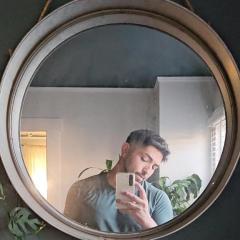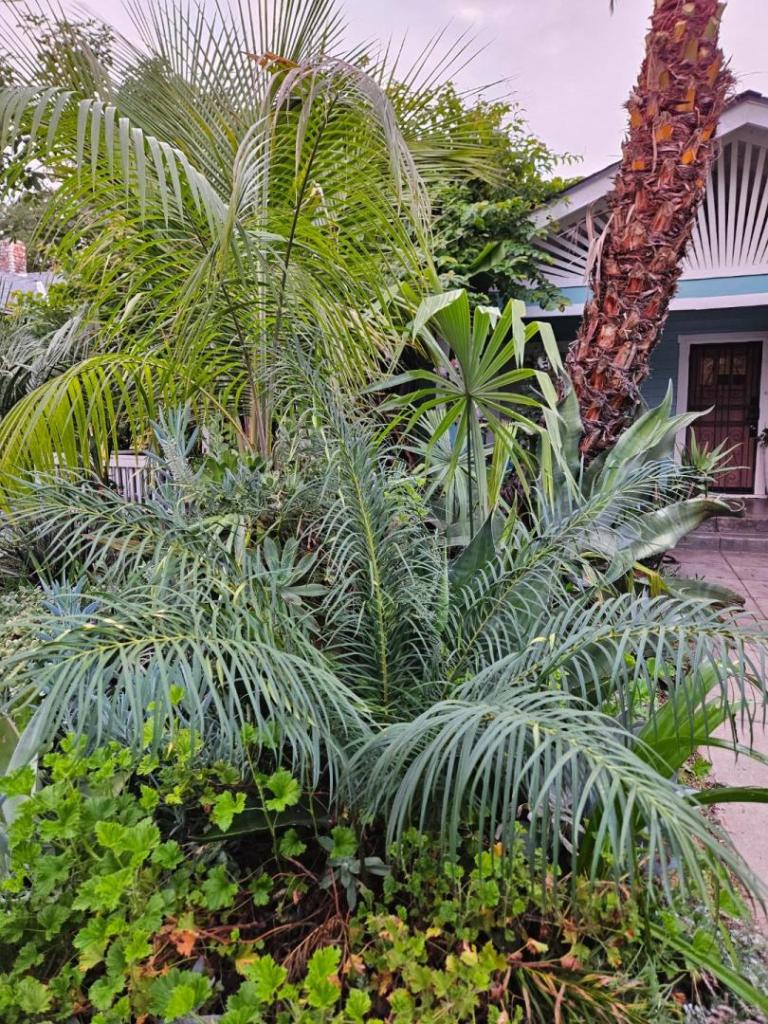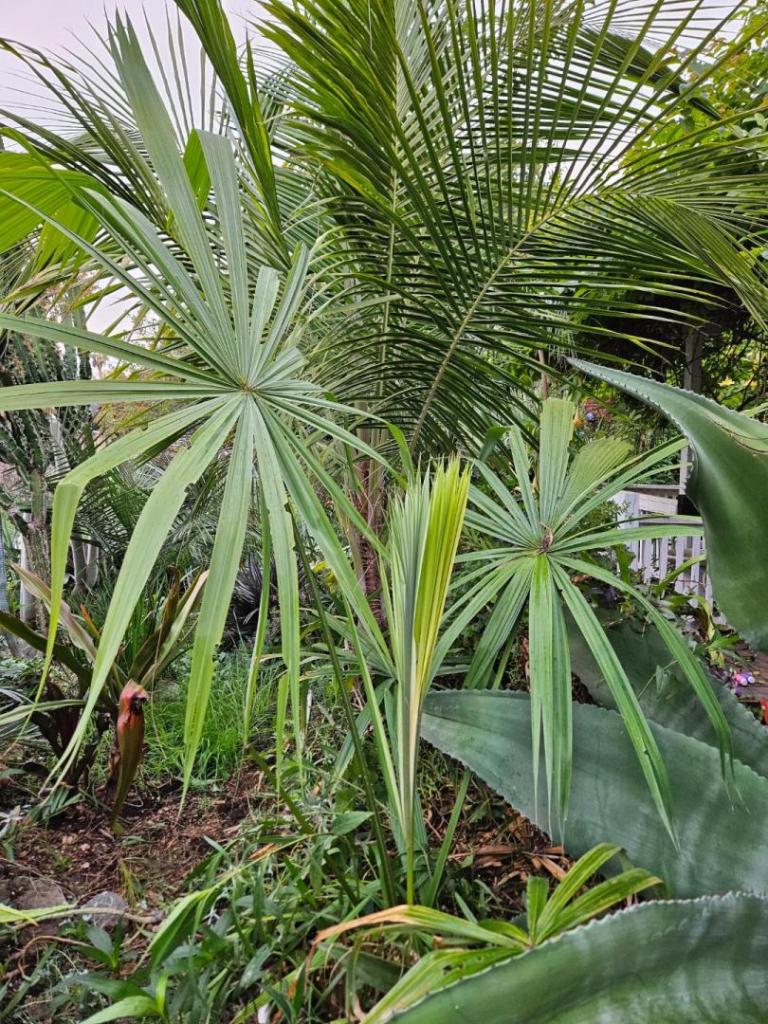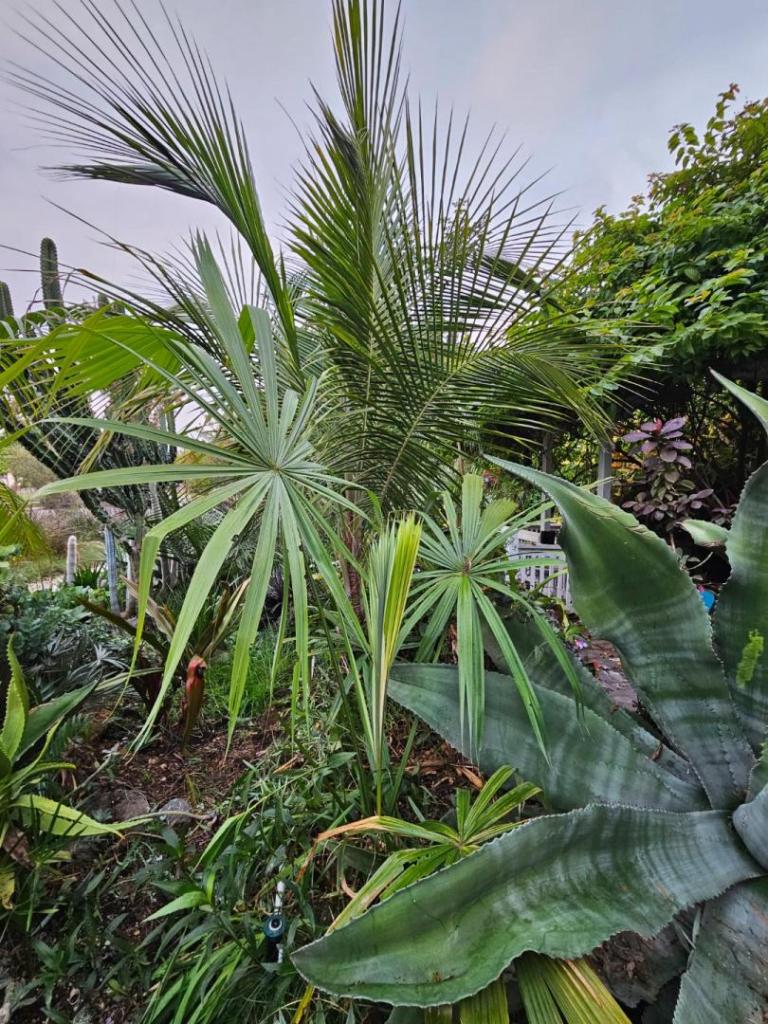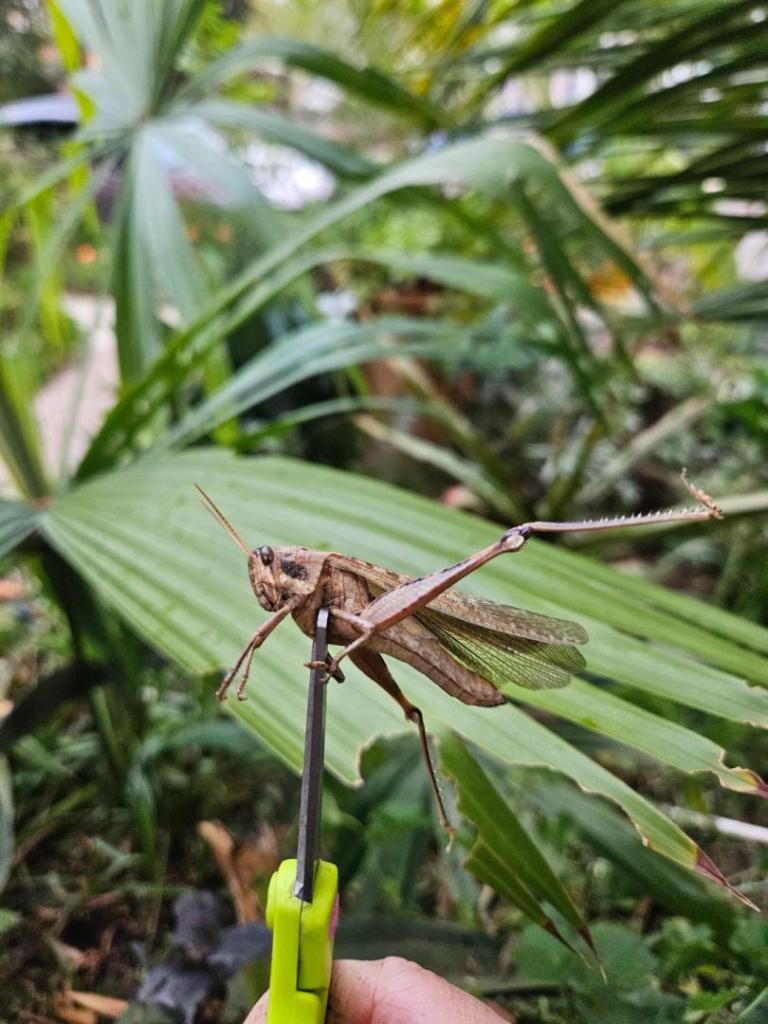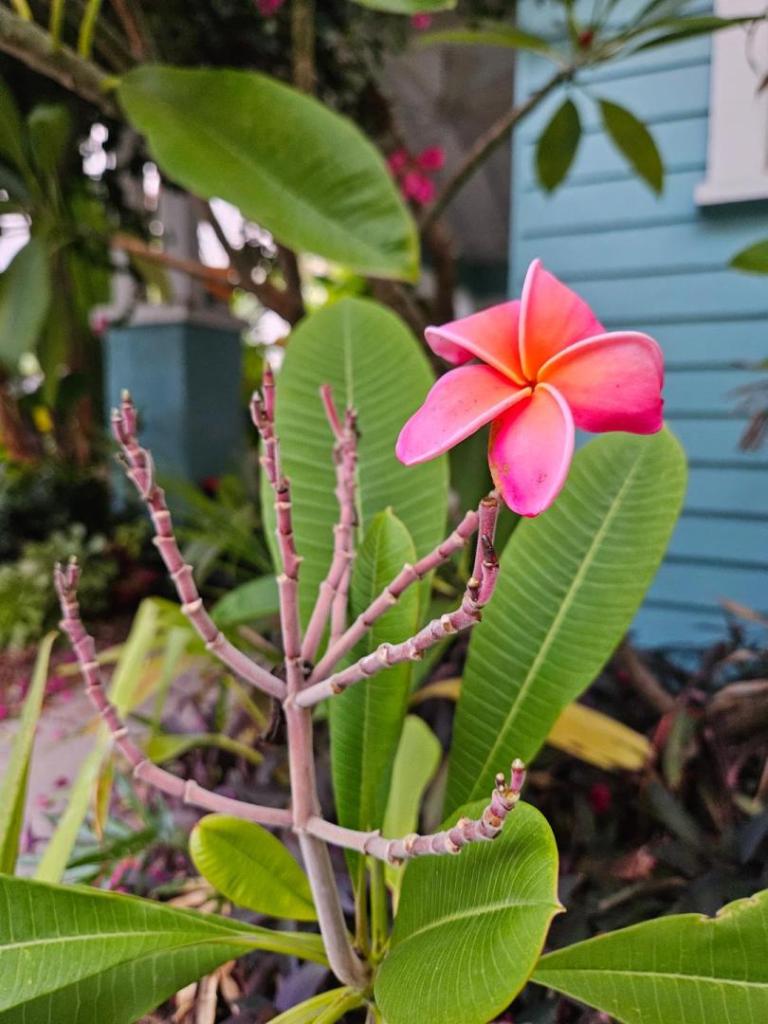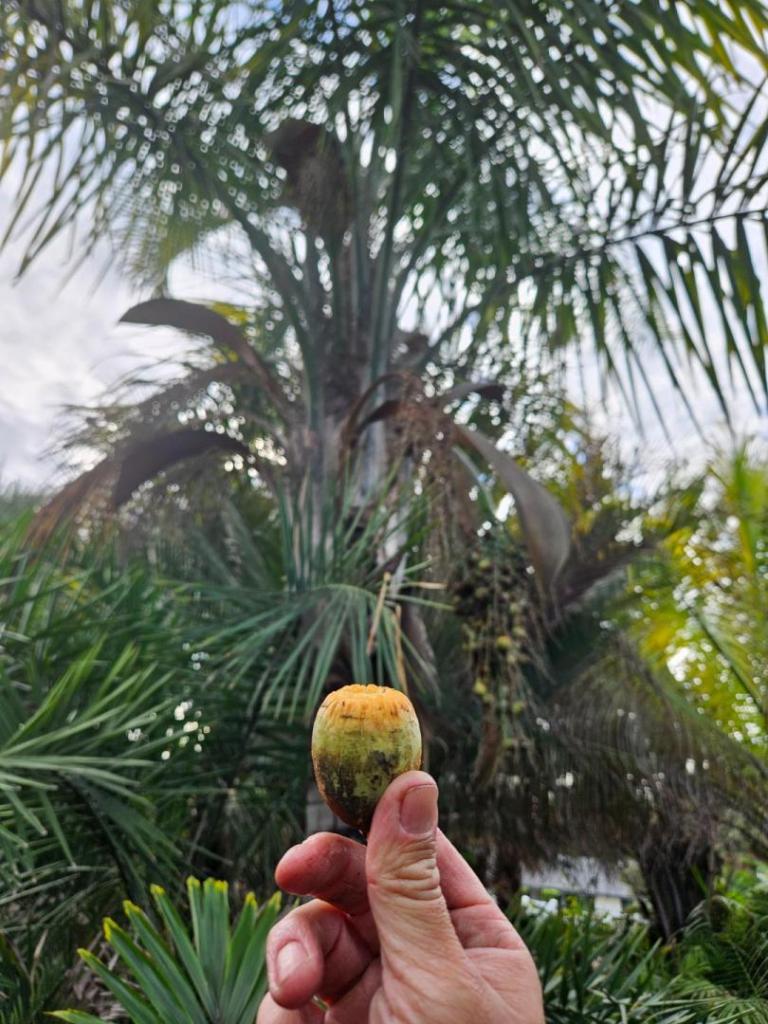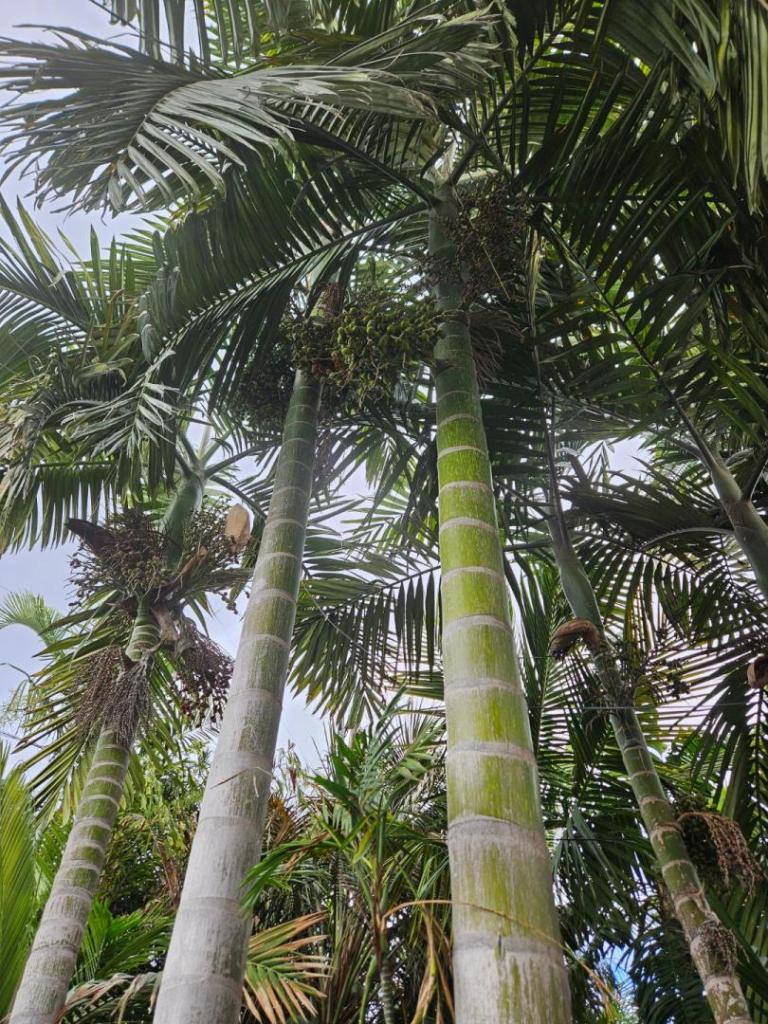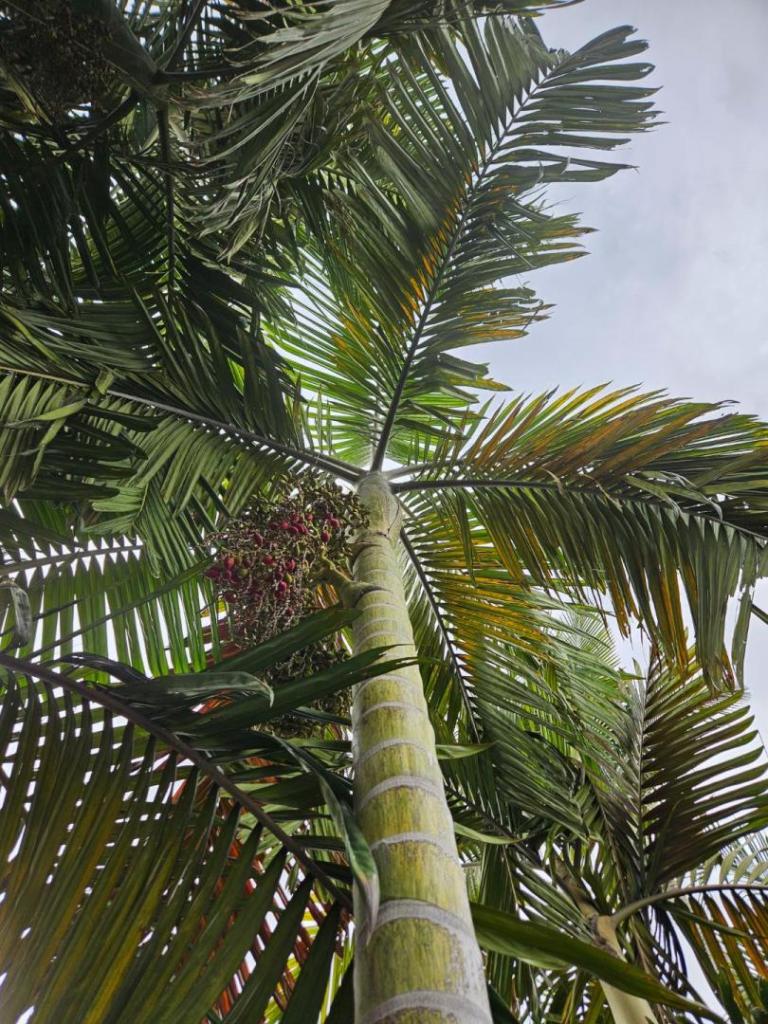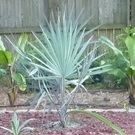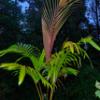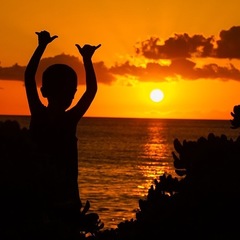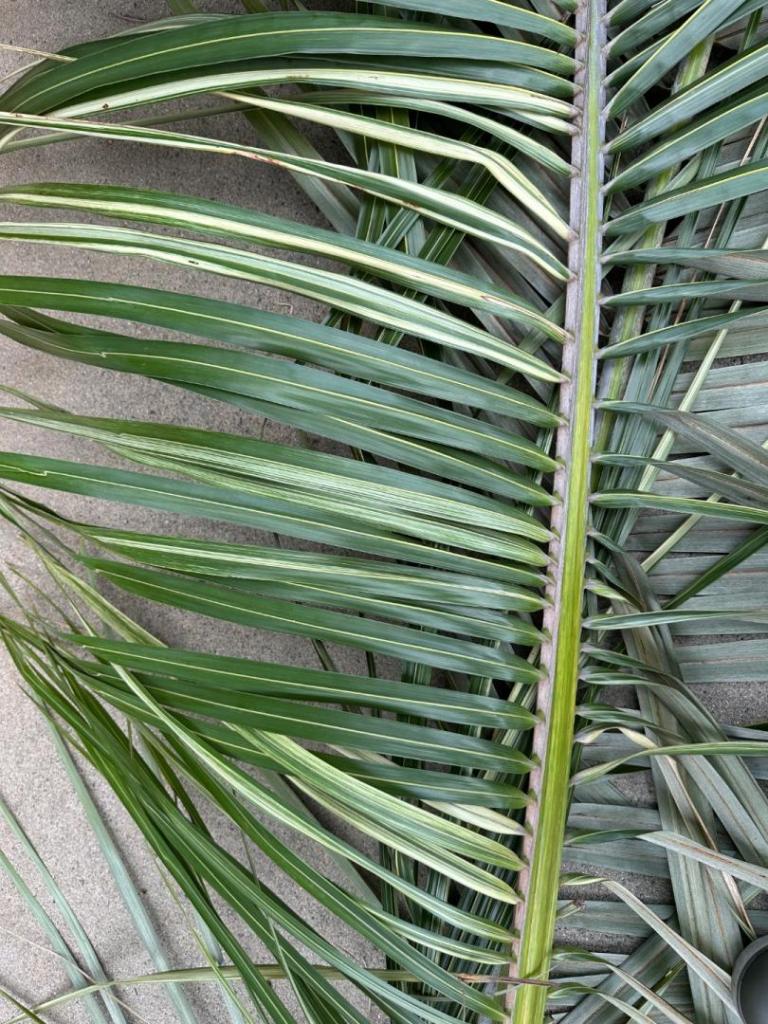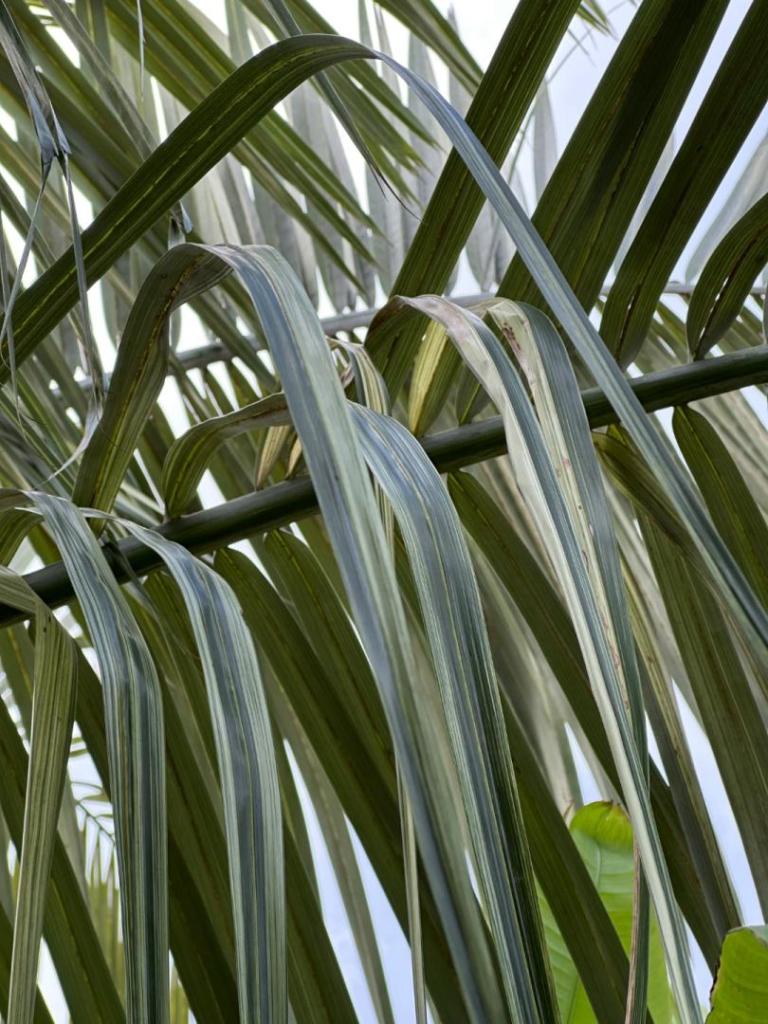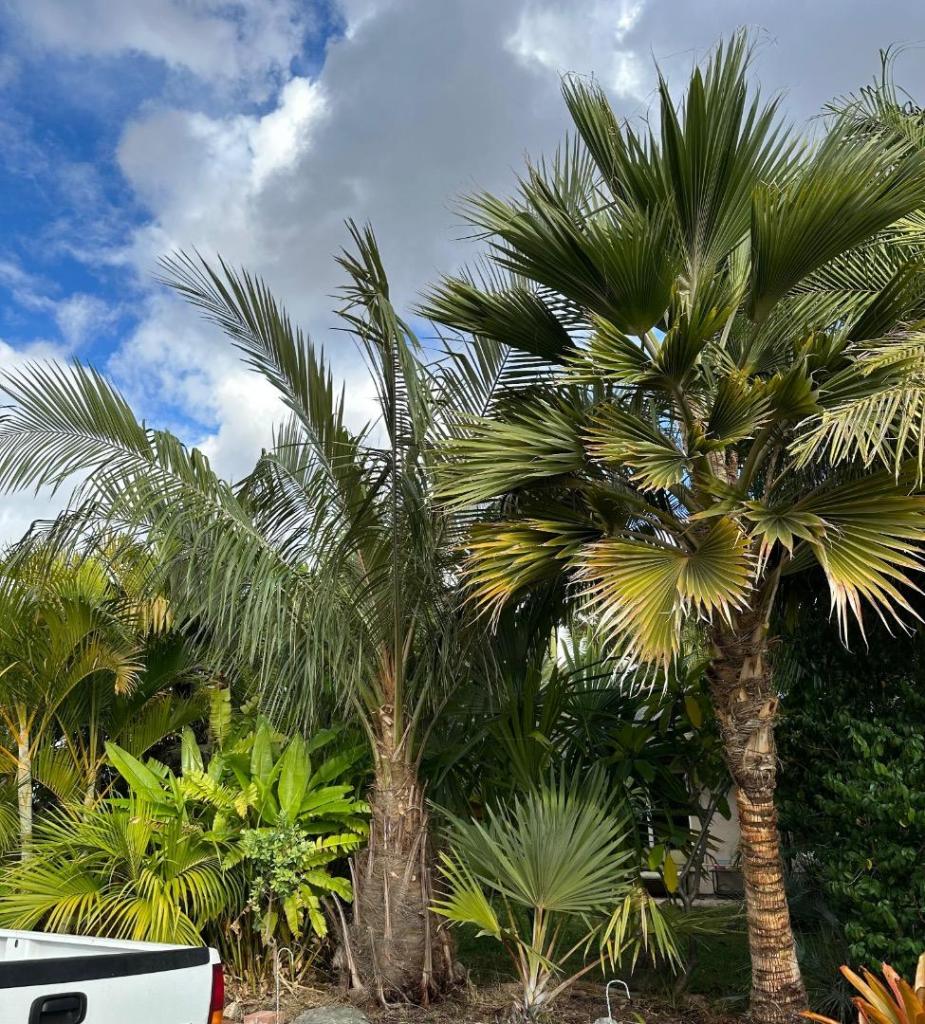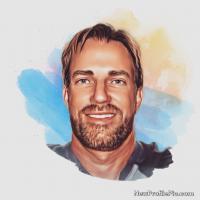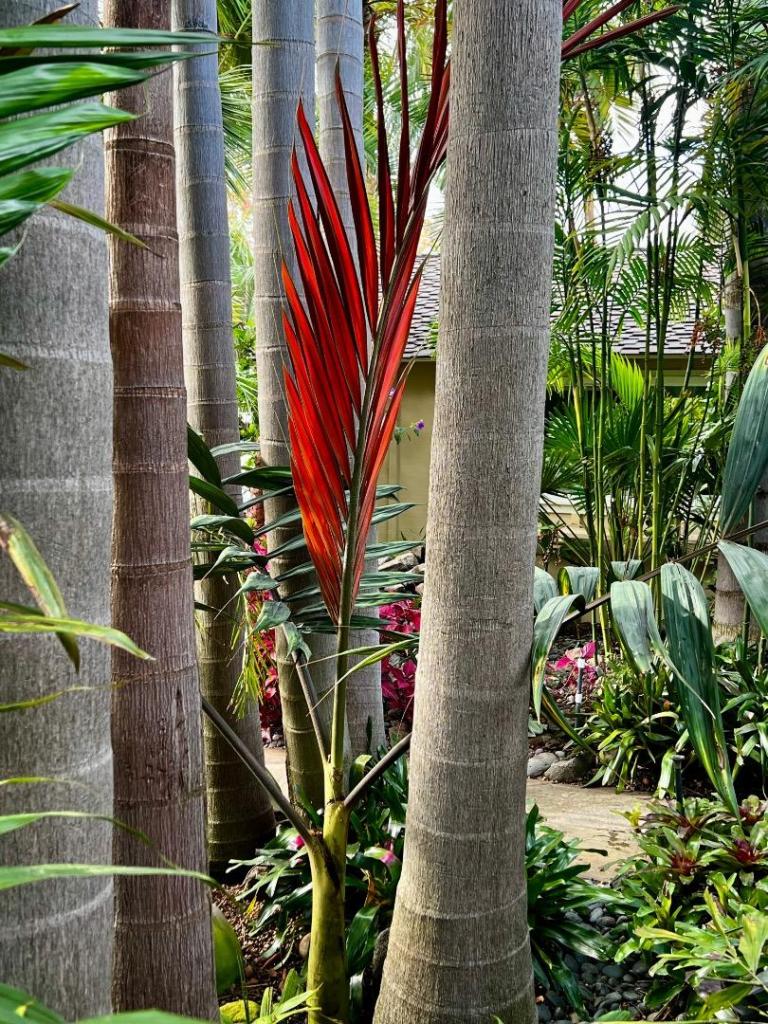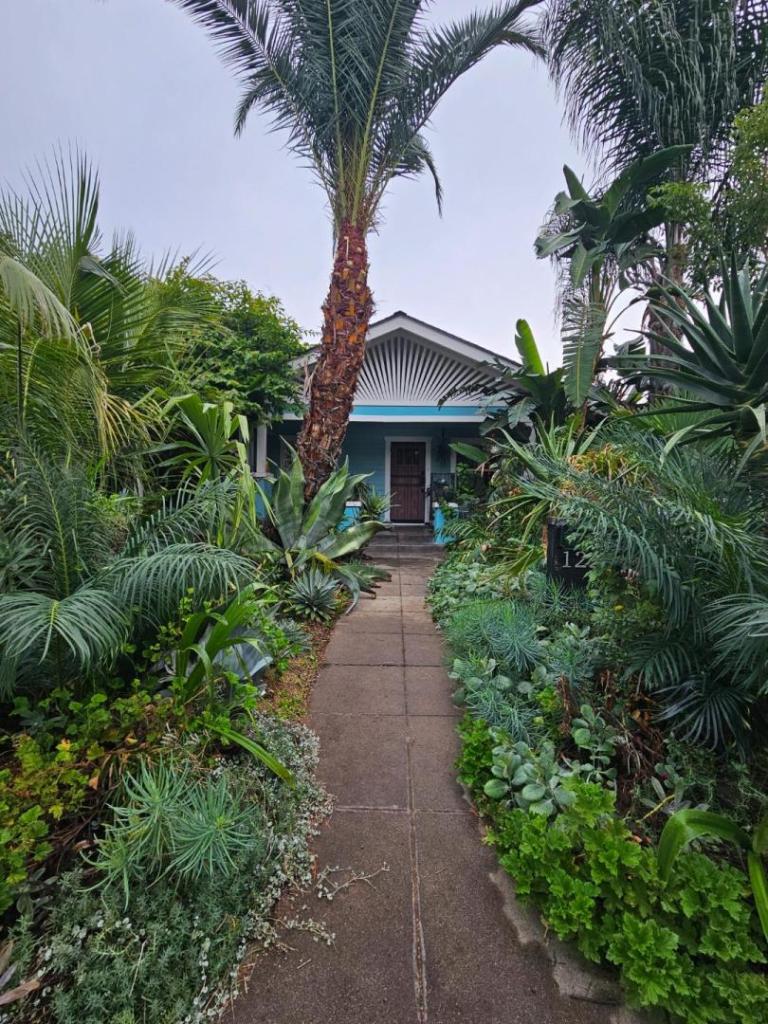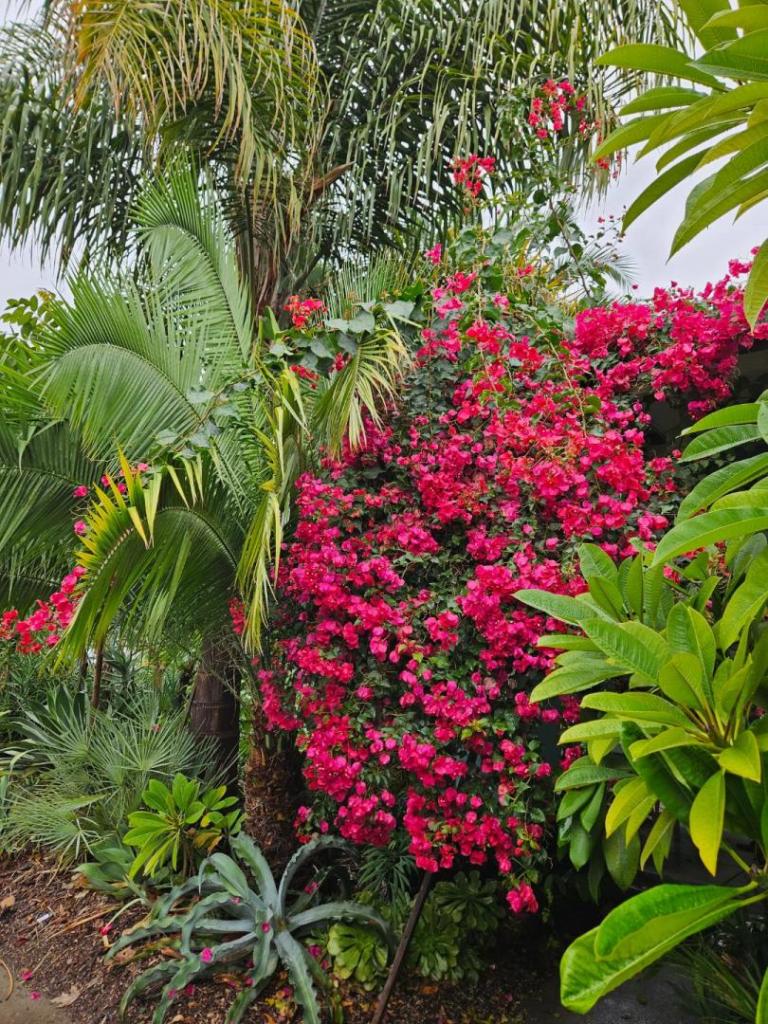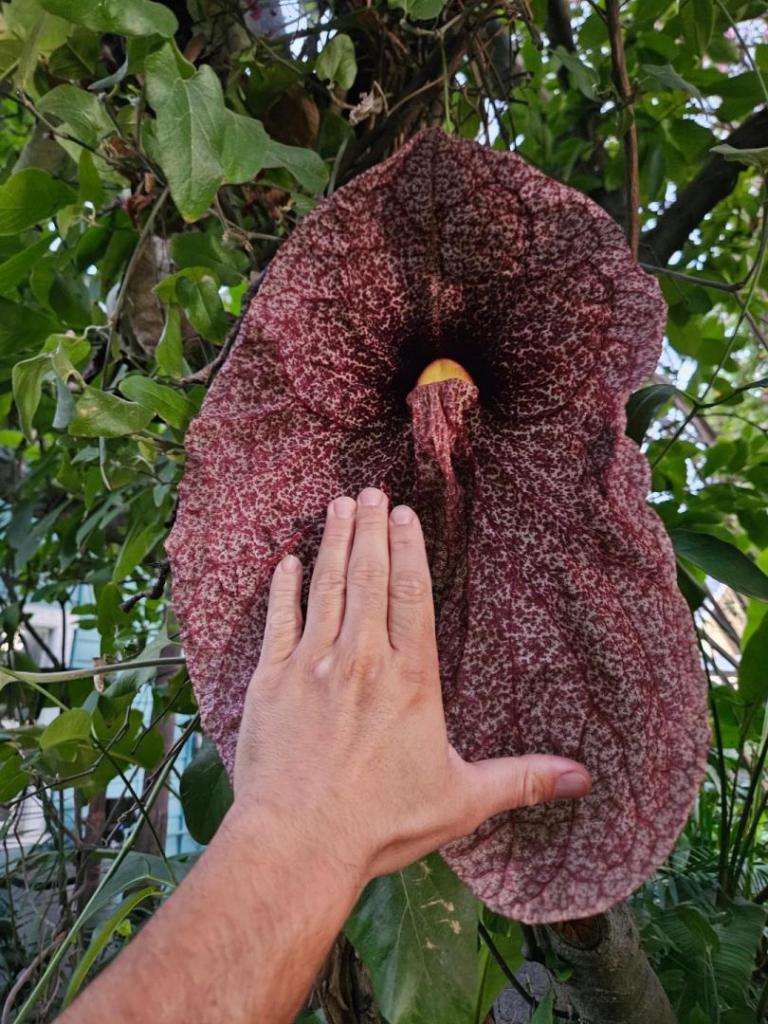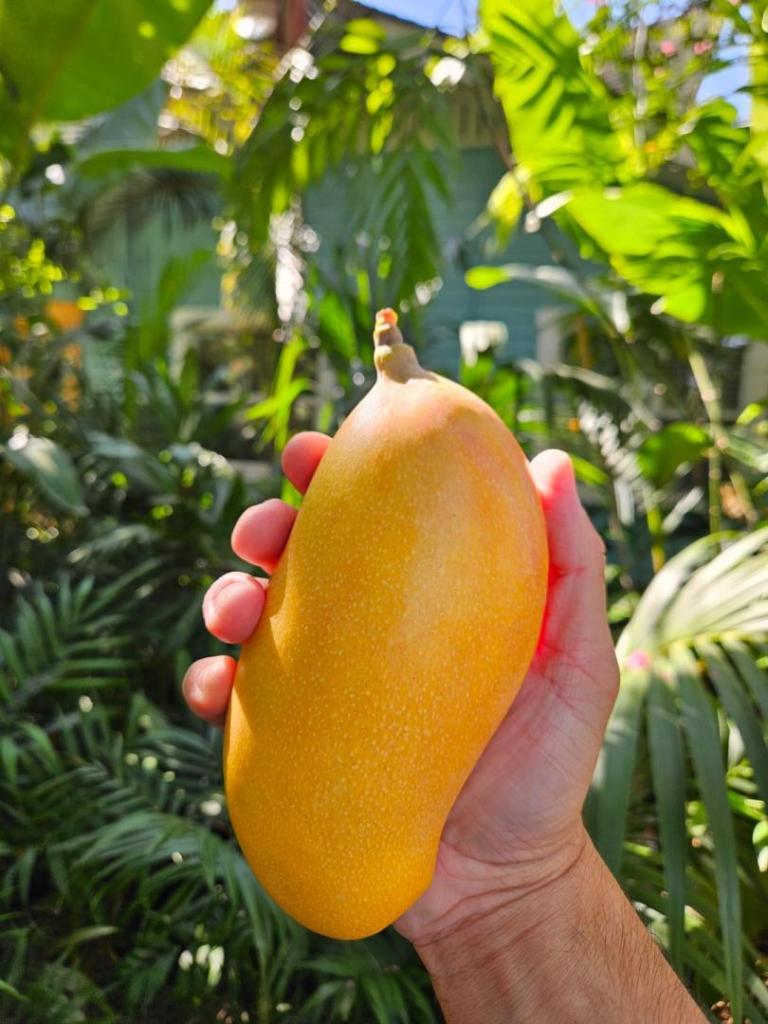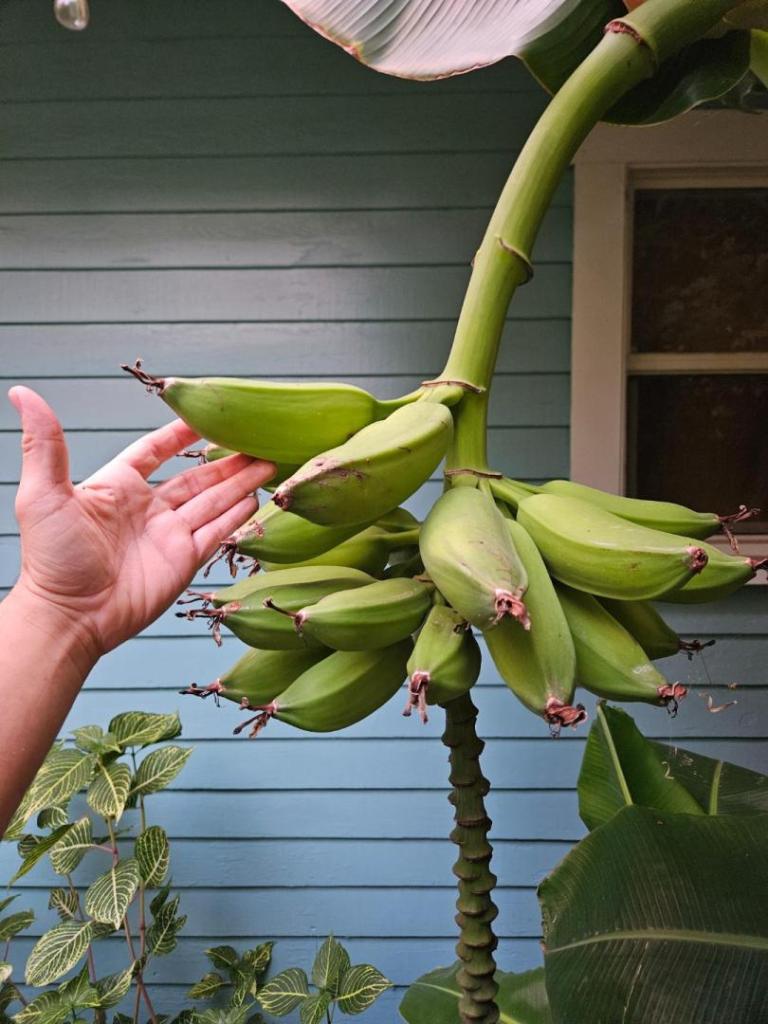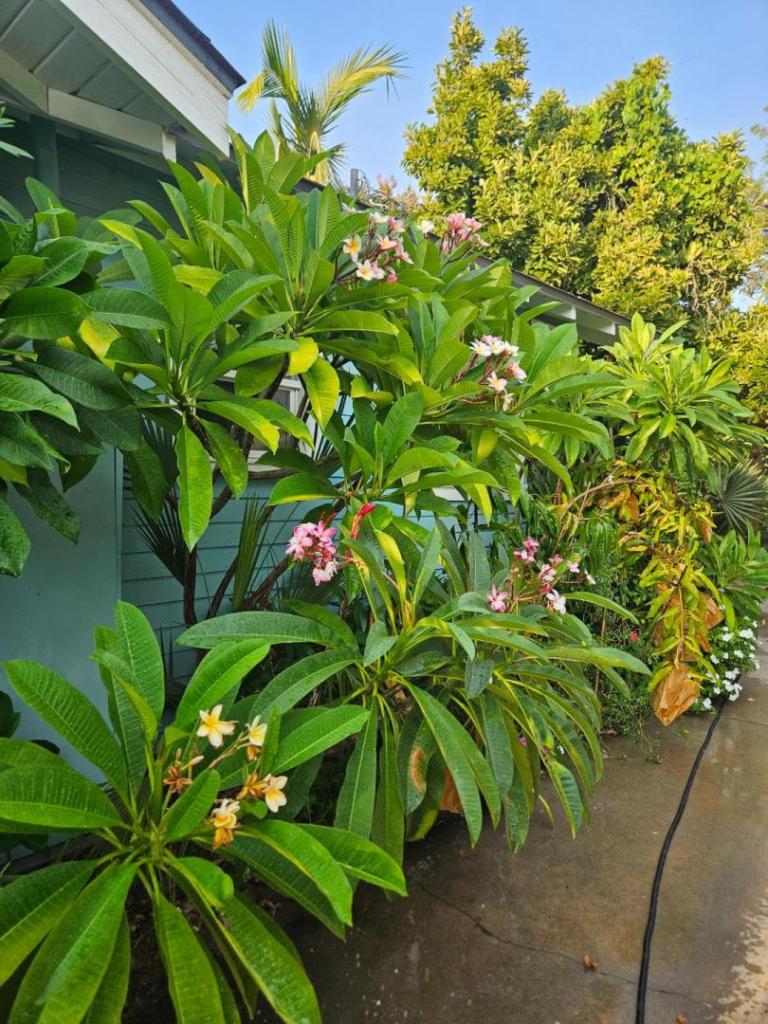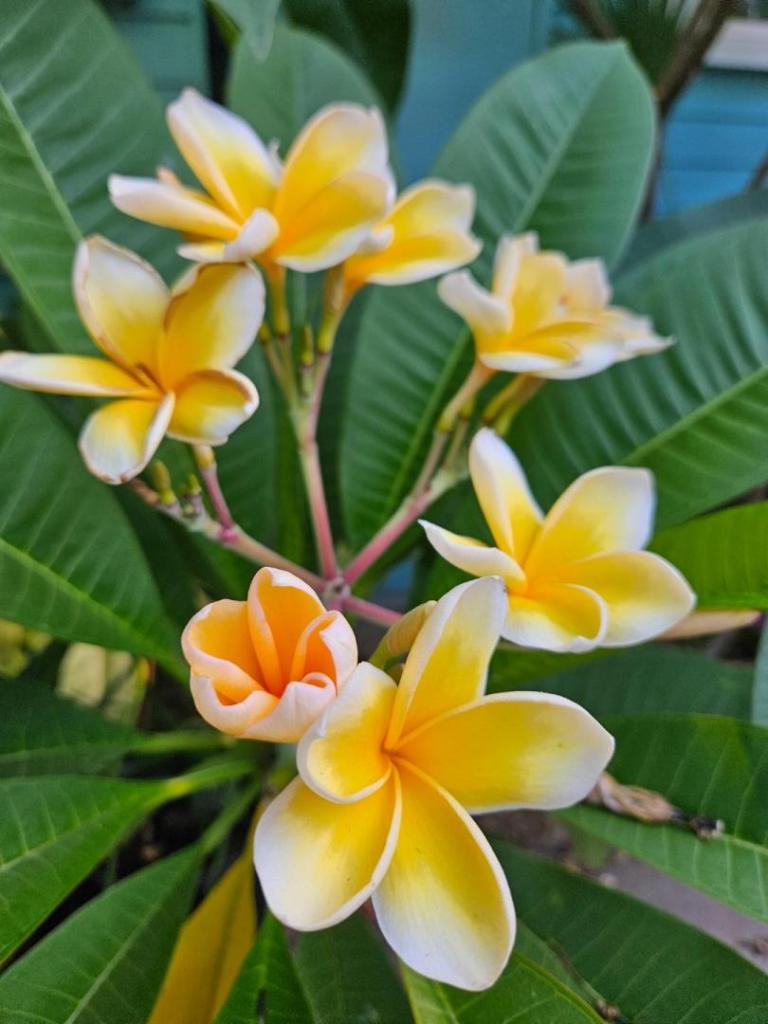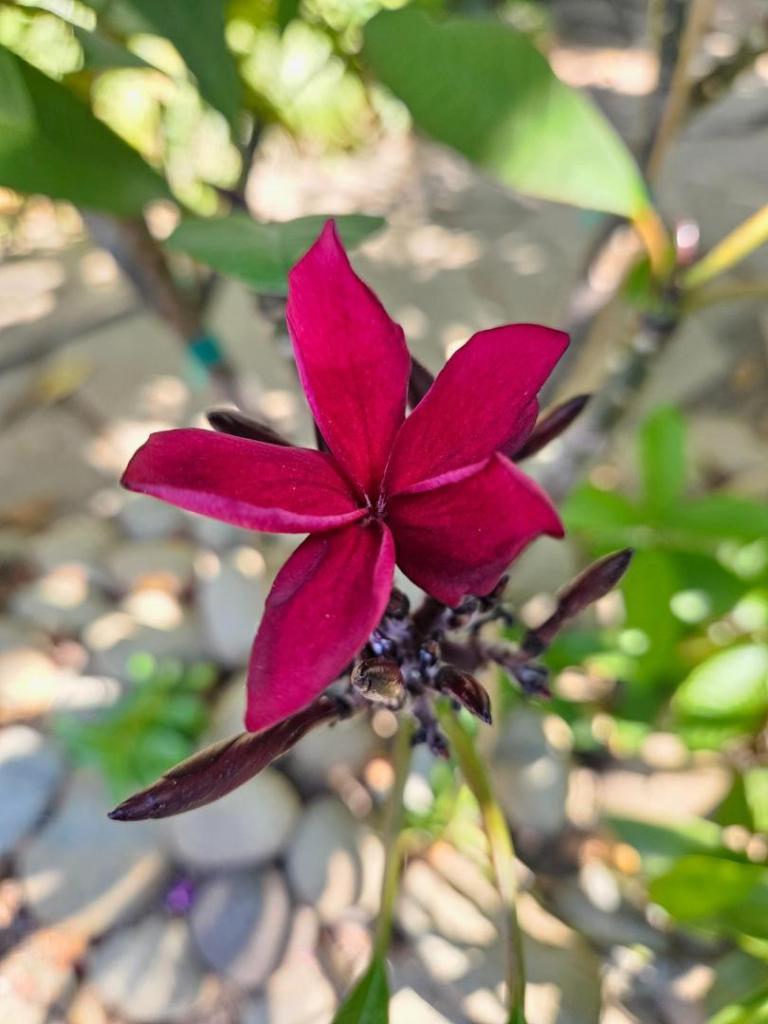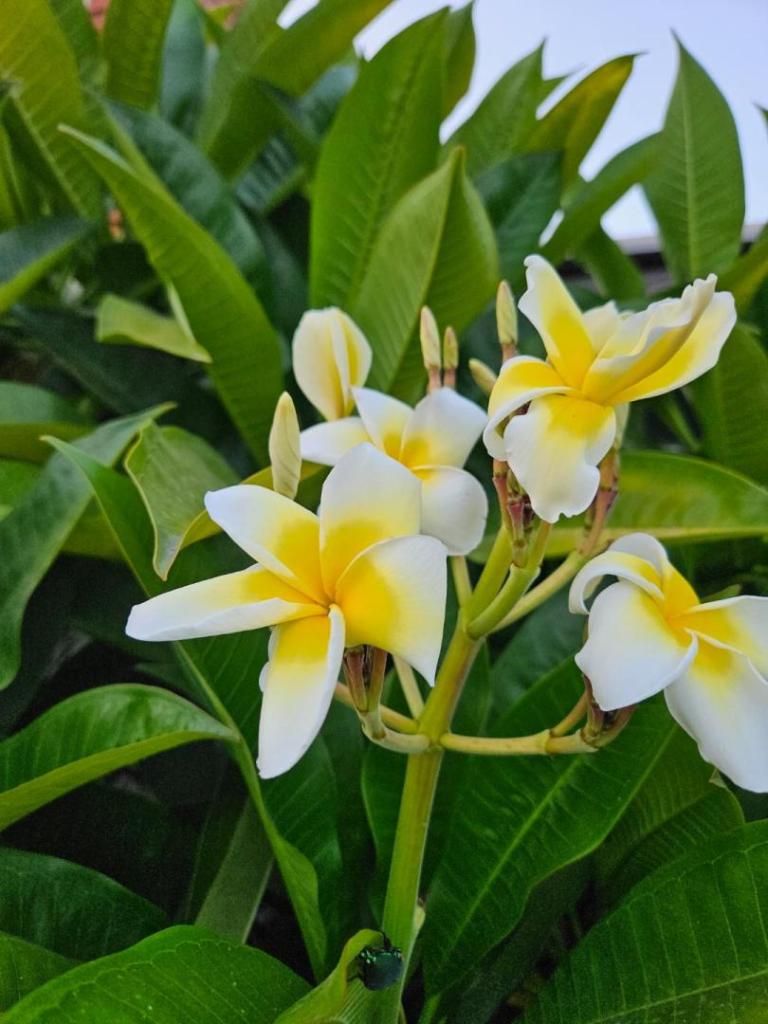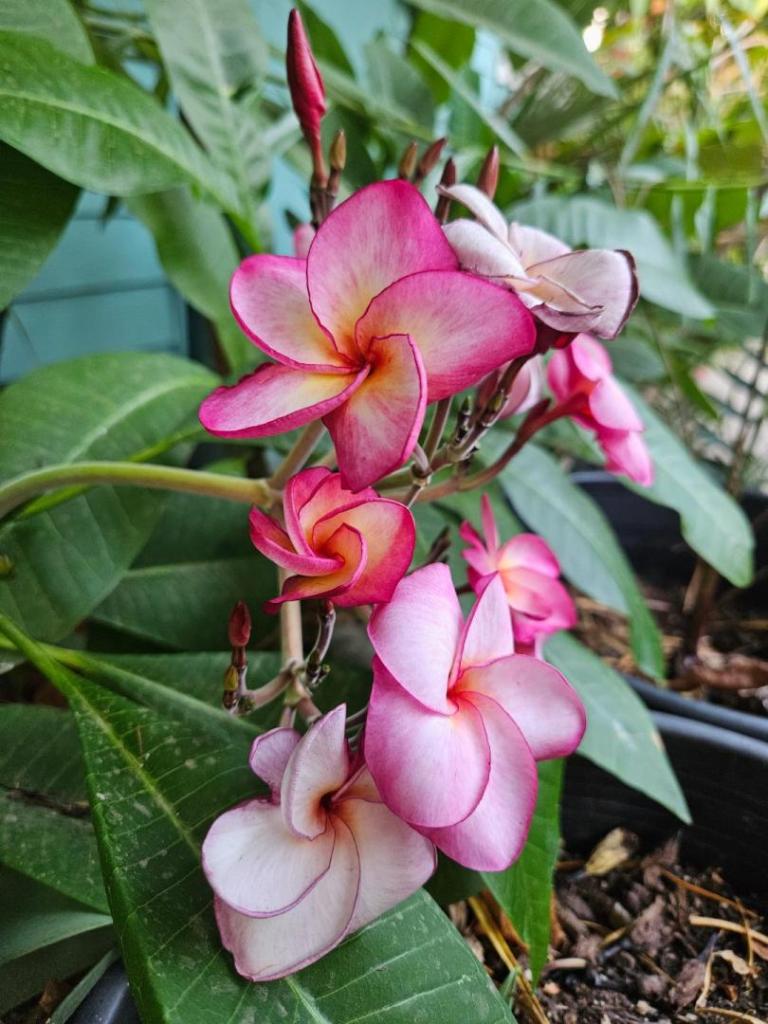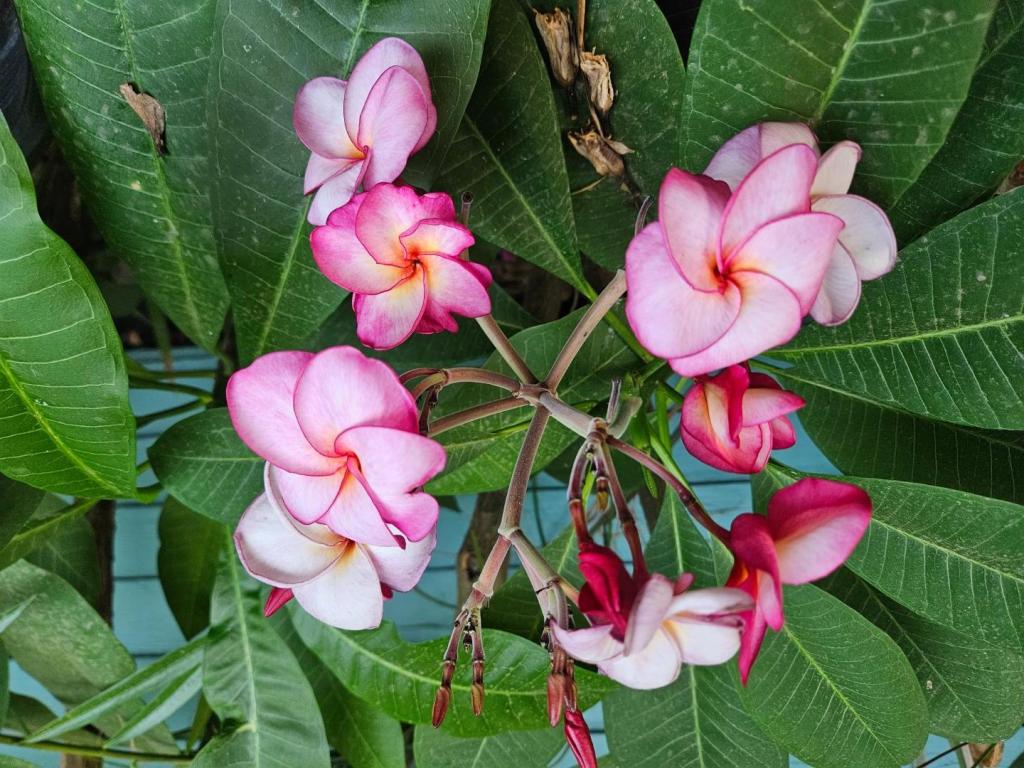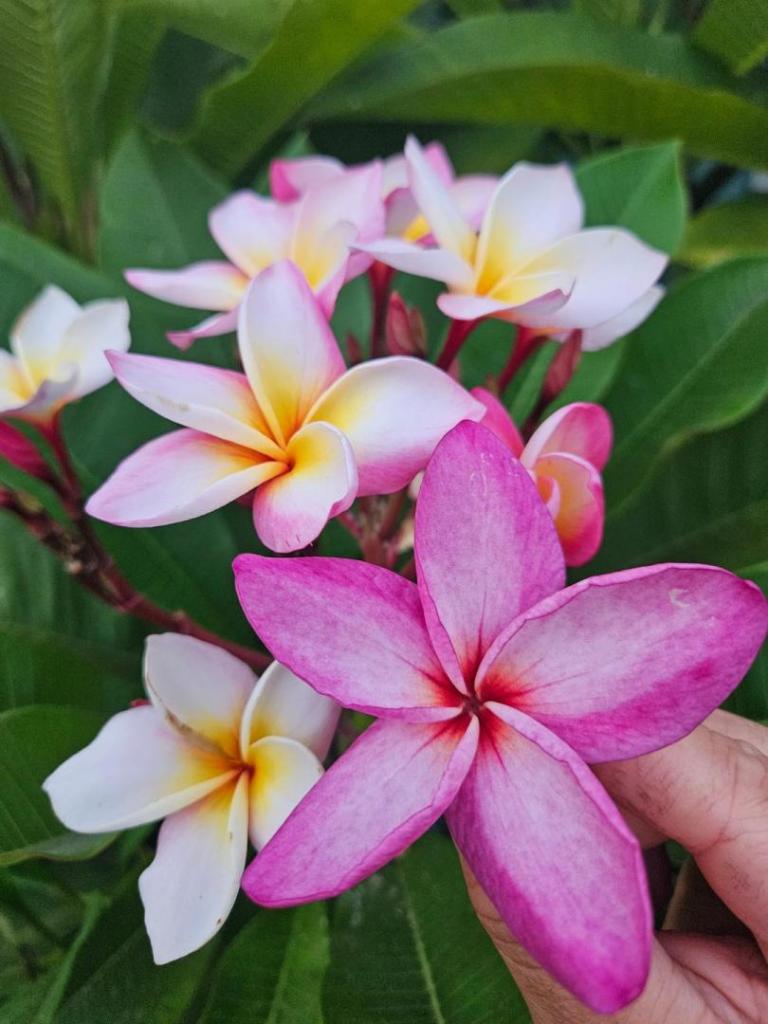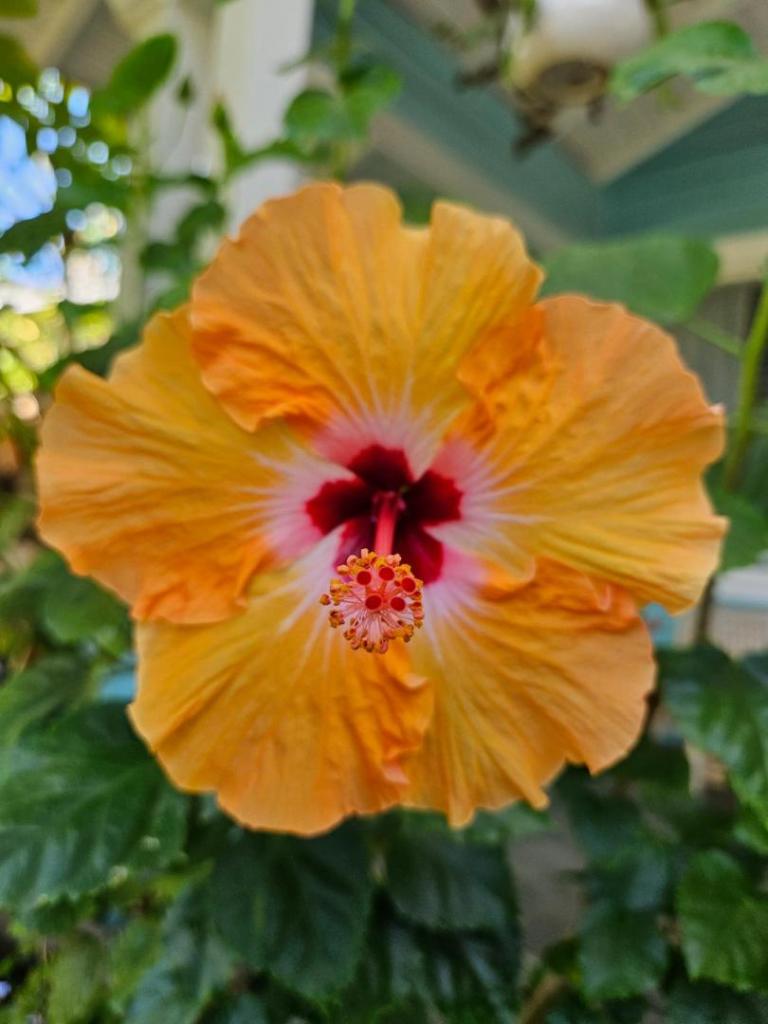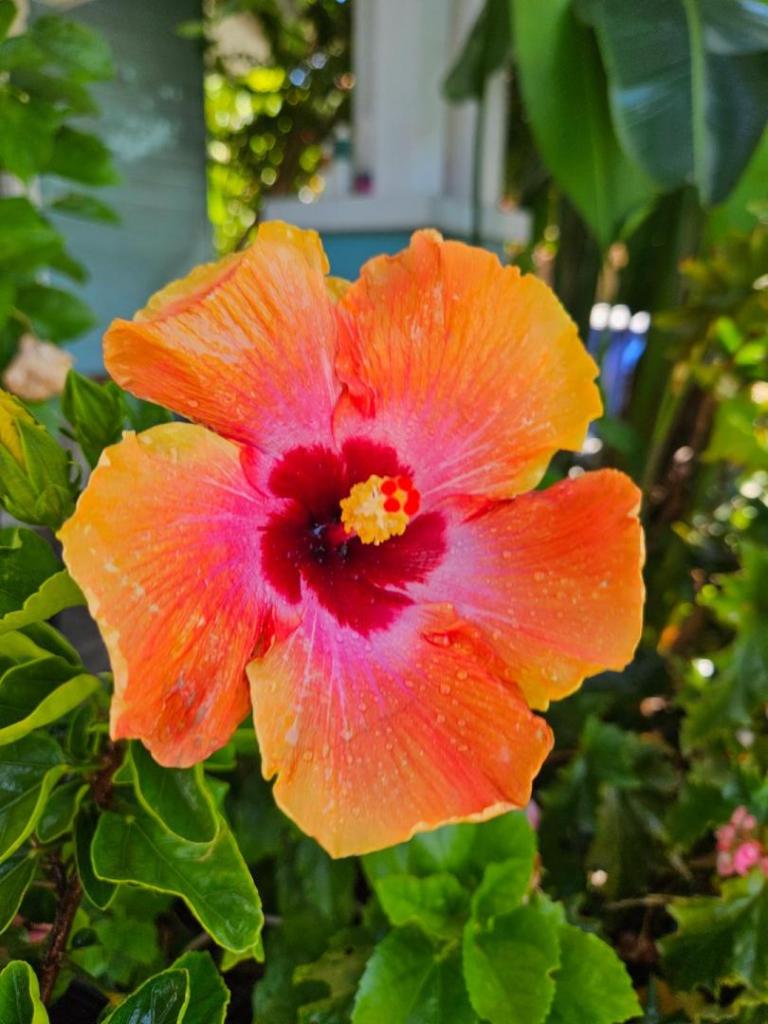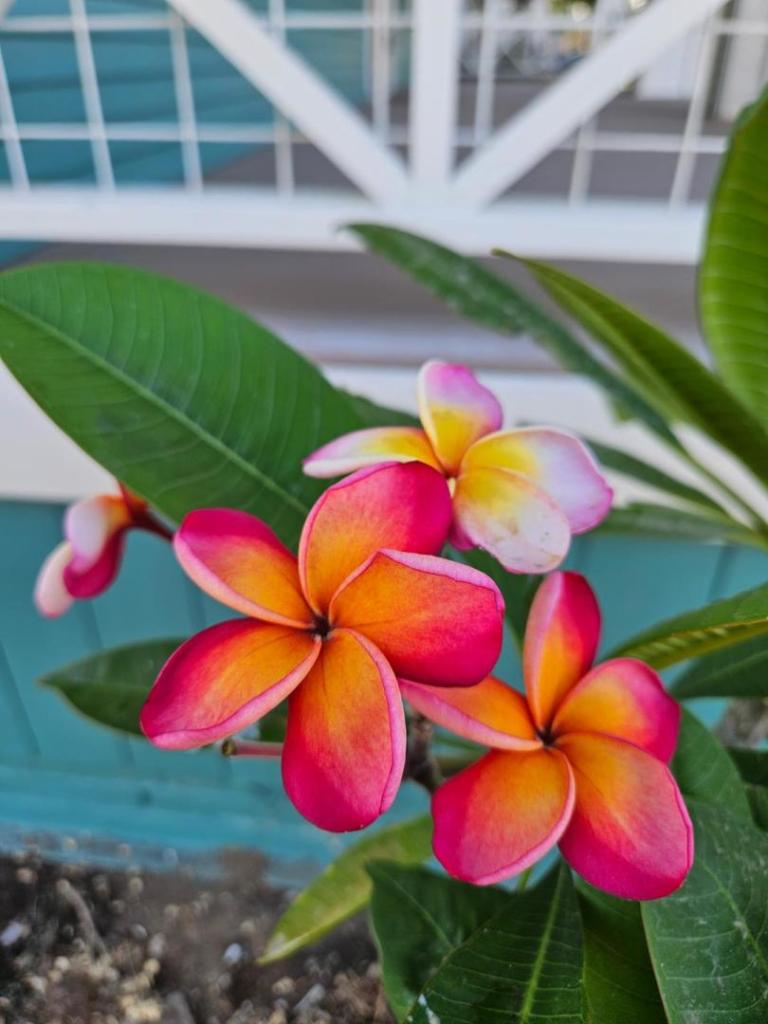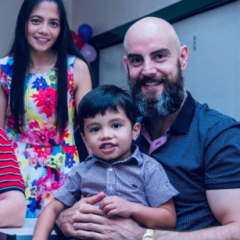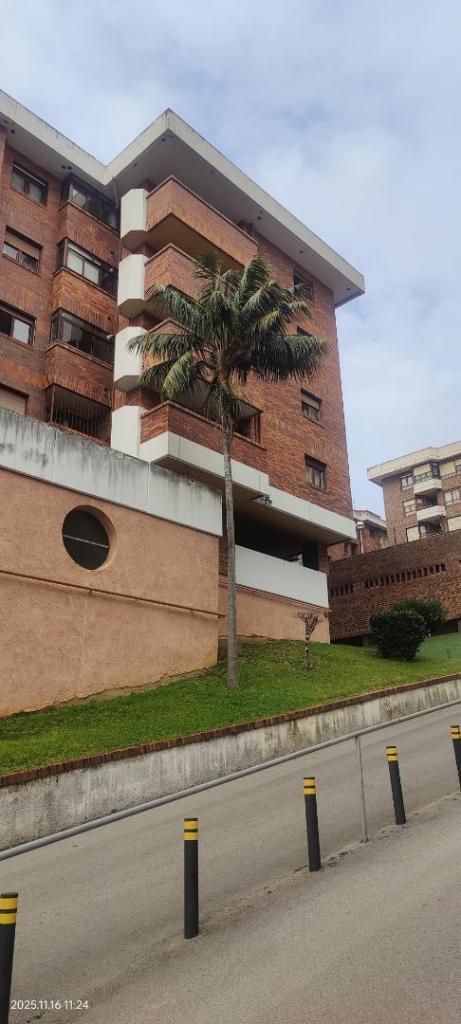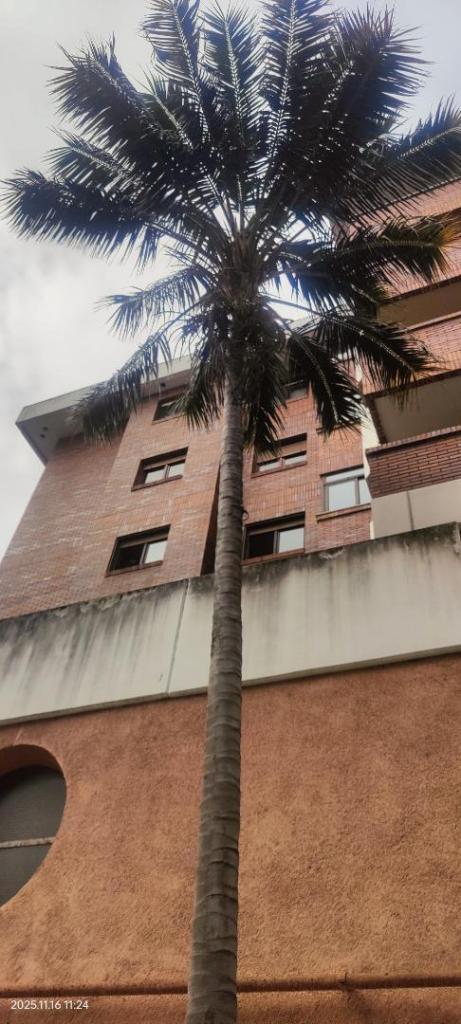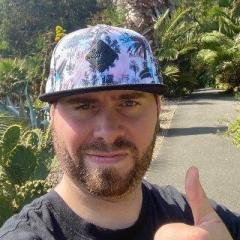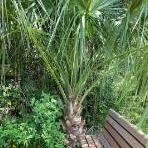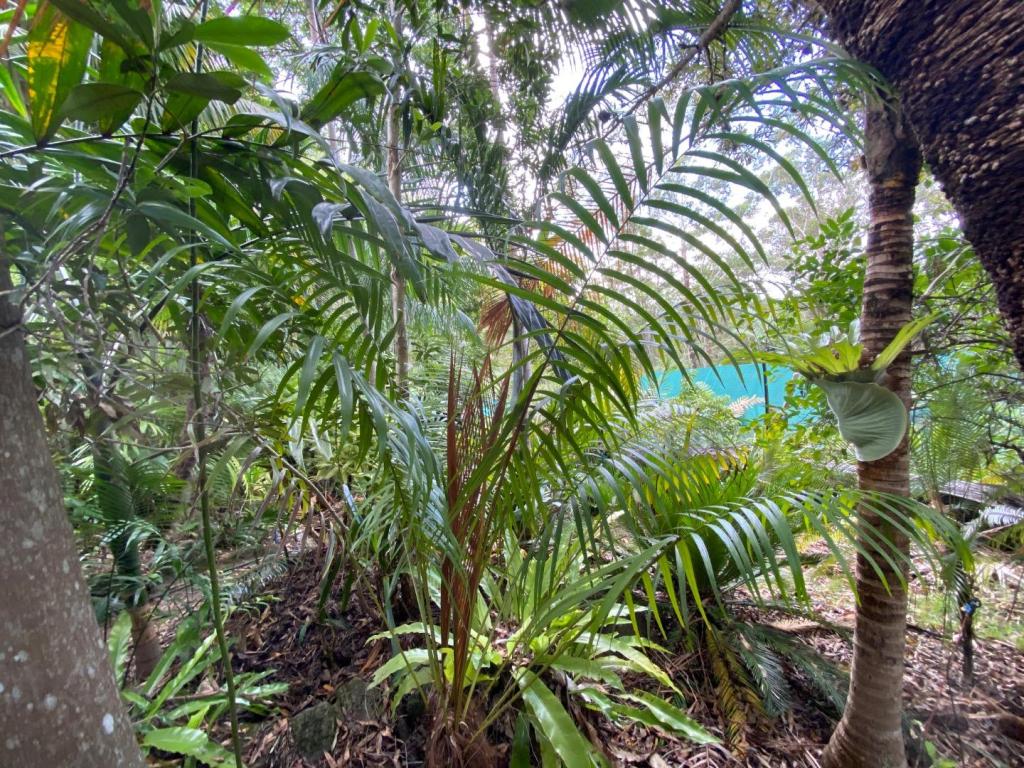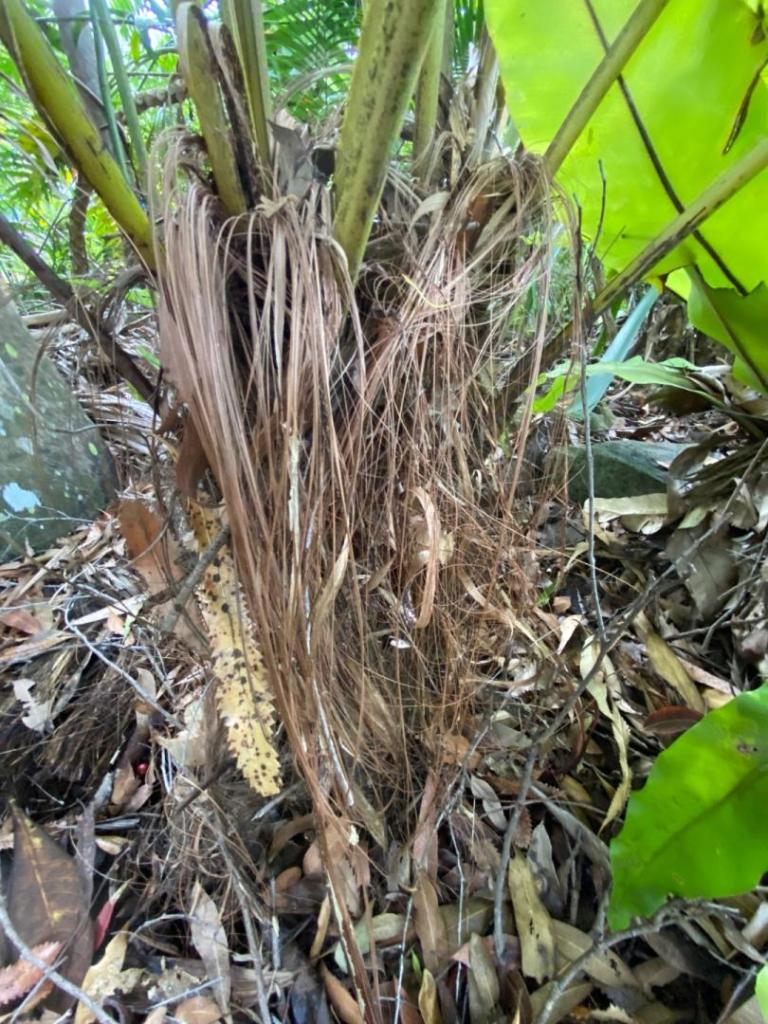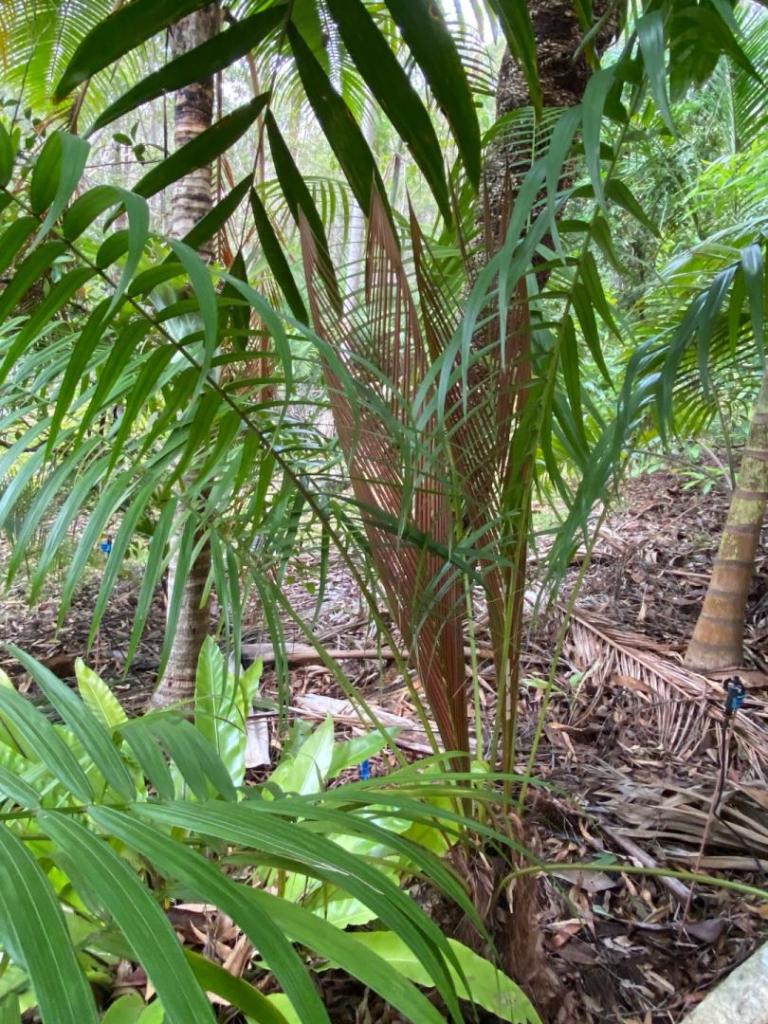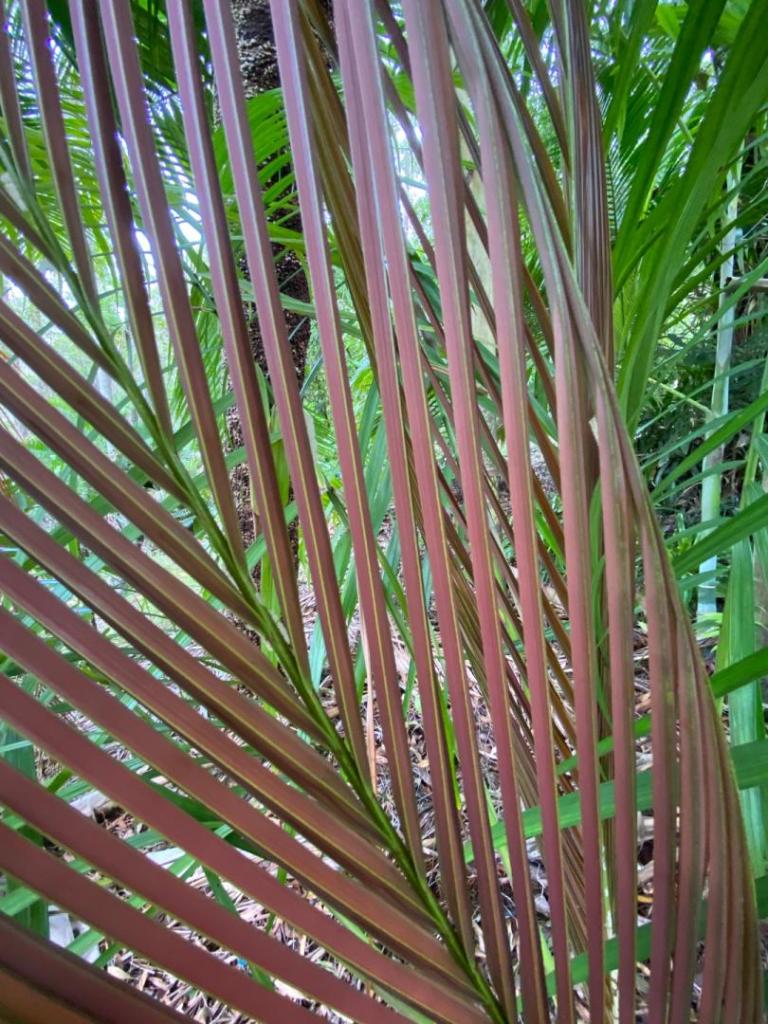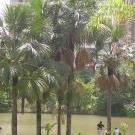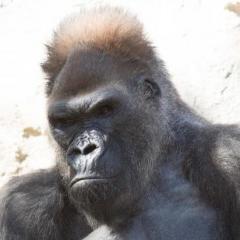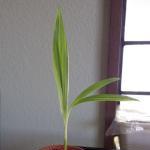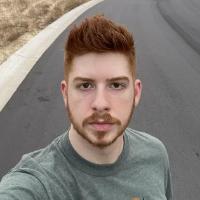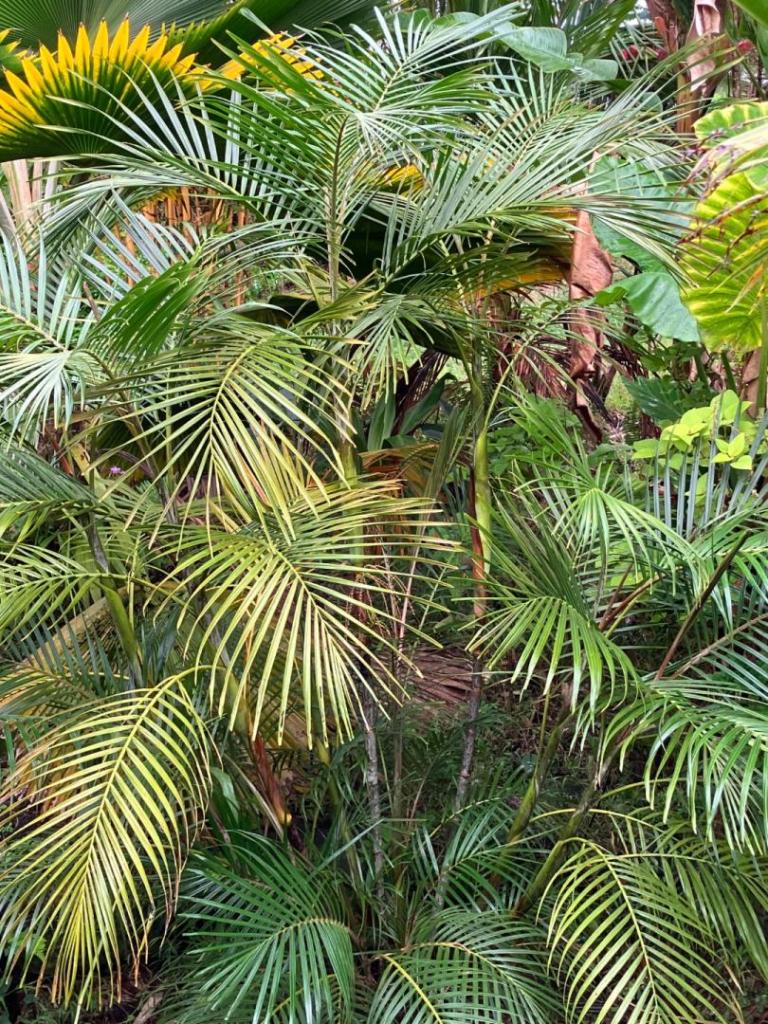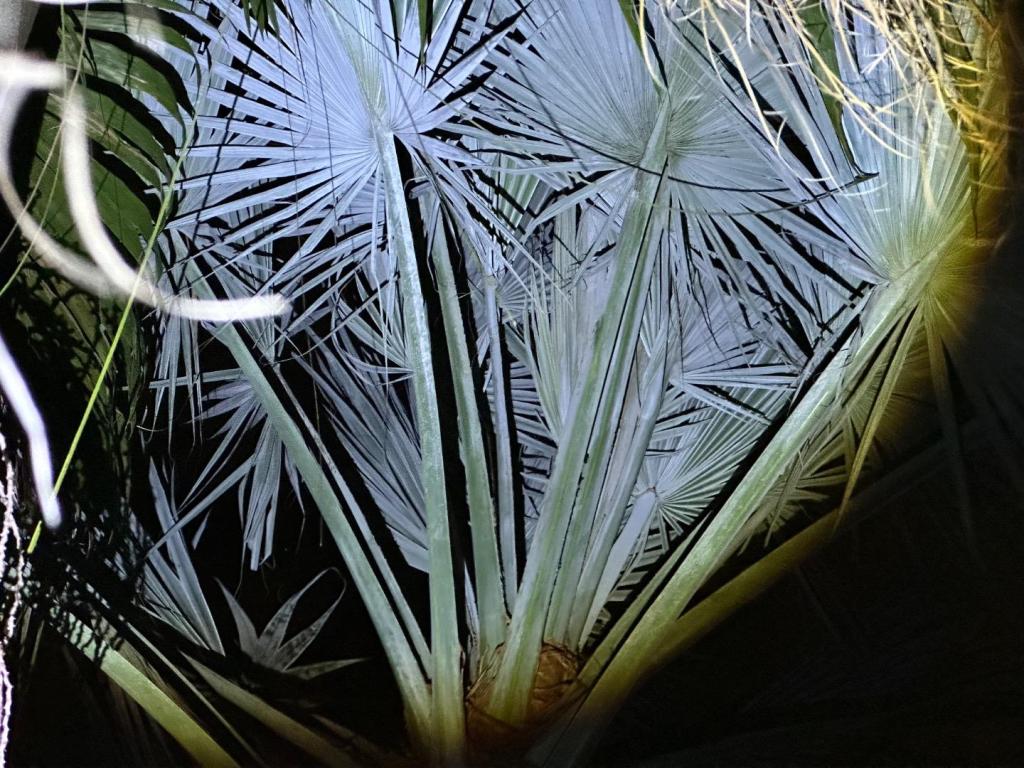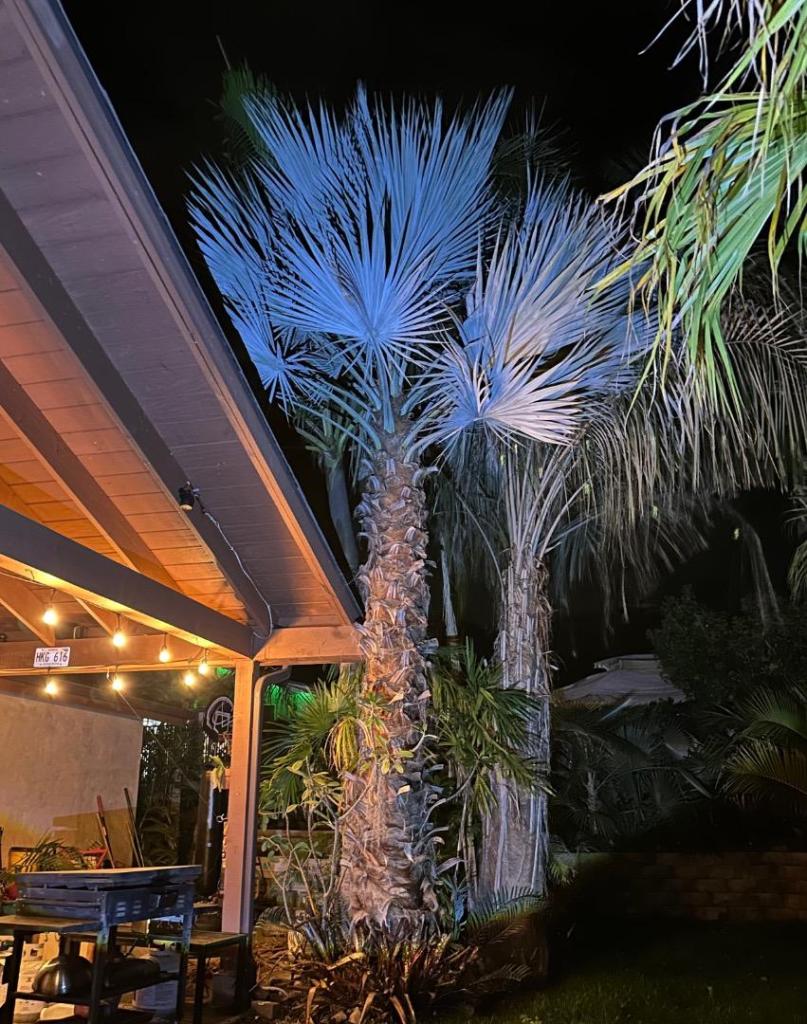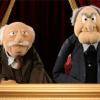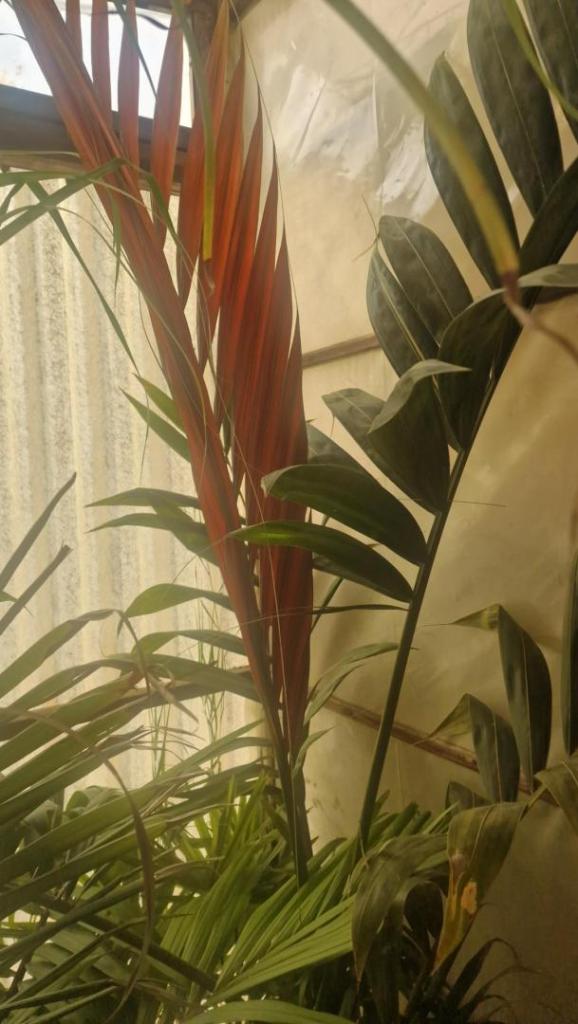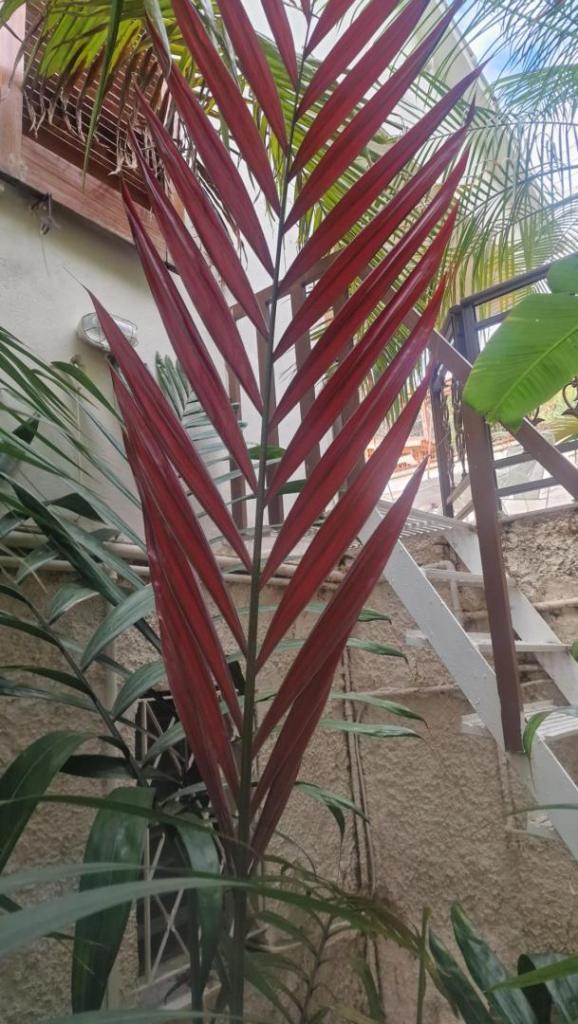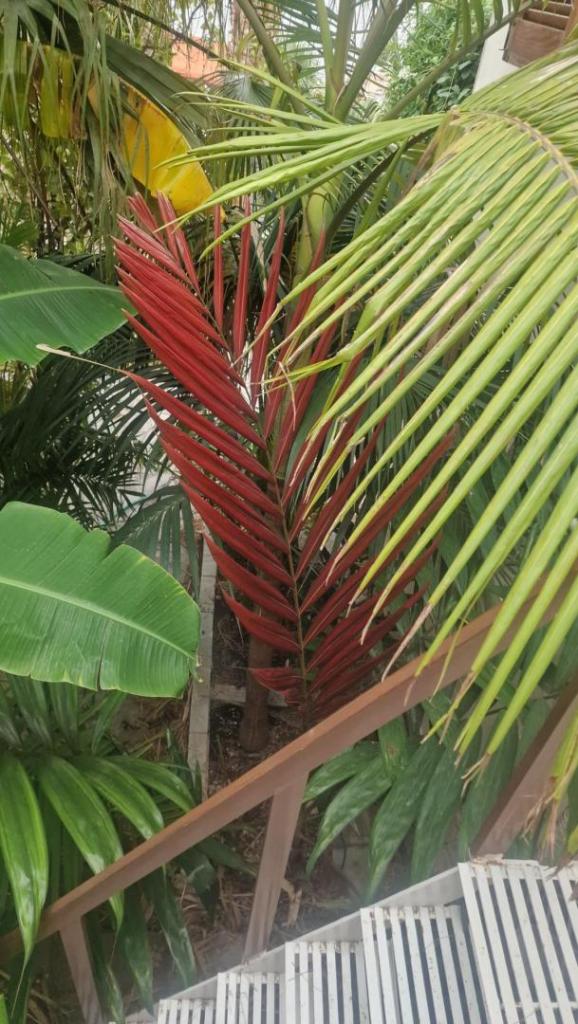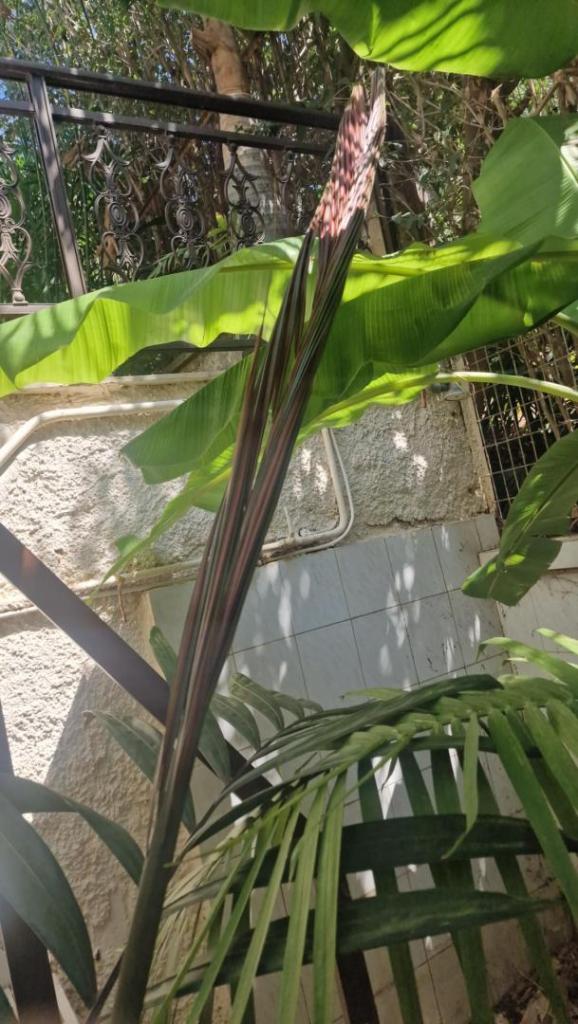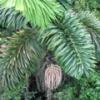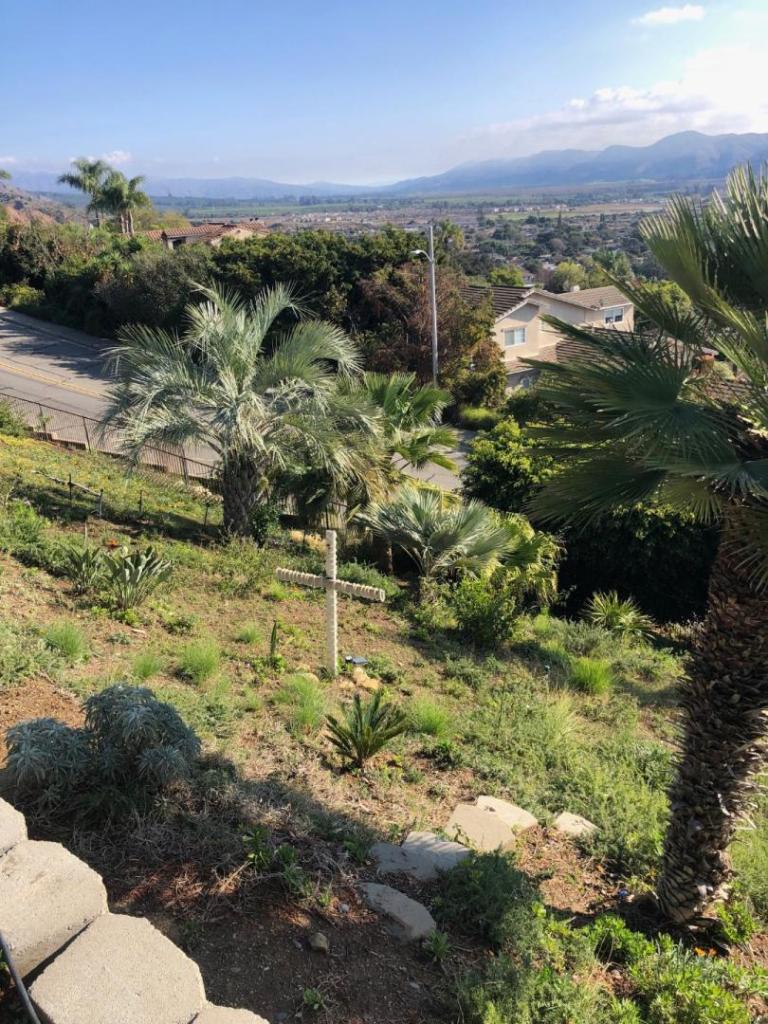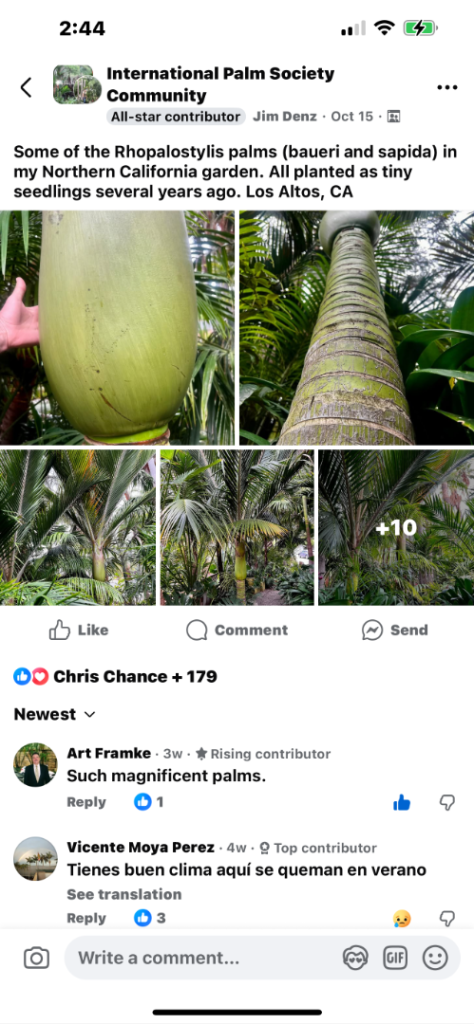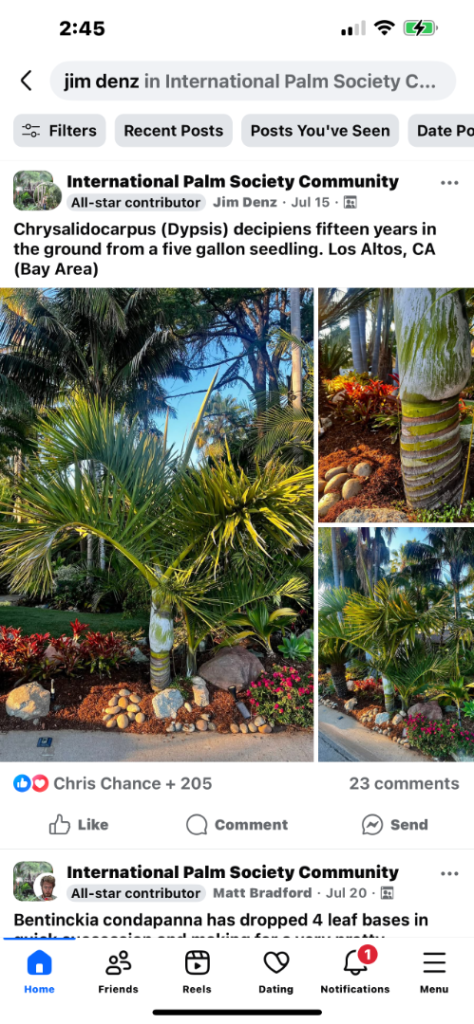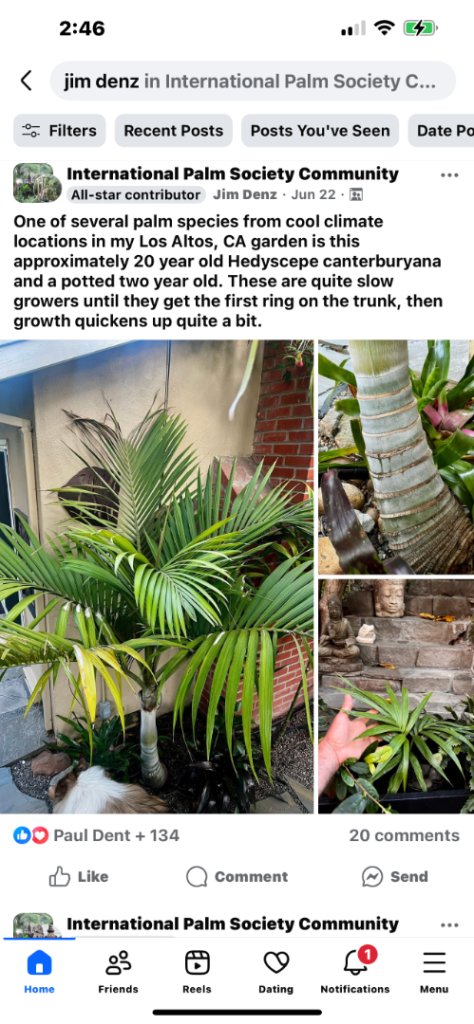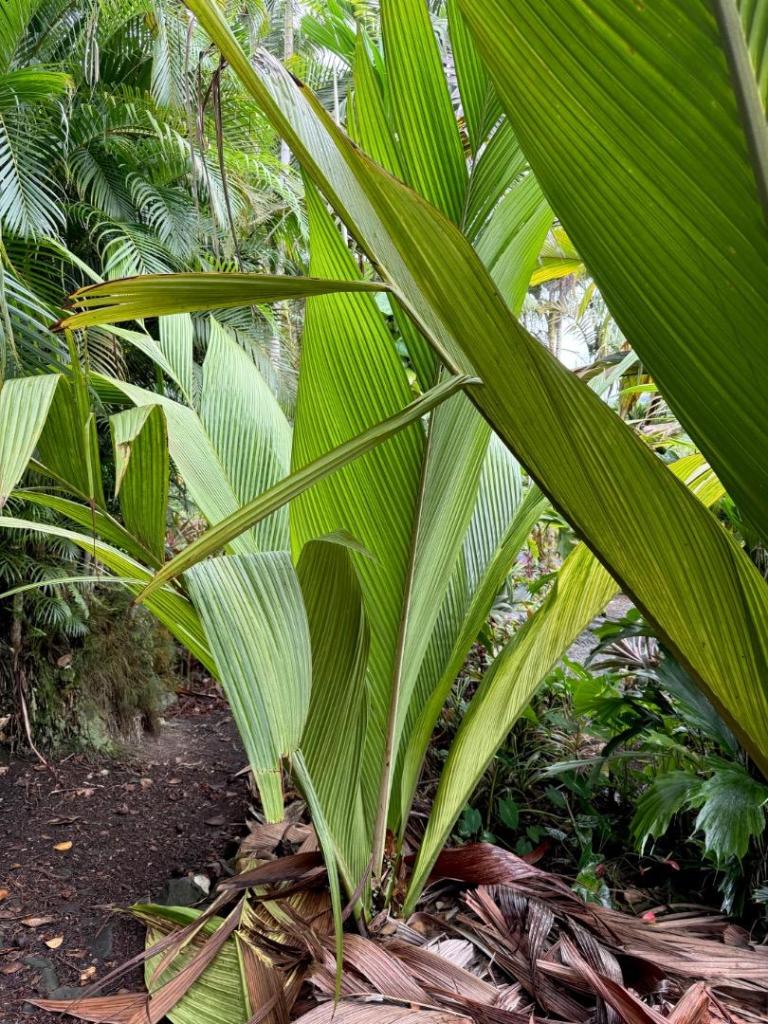Leaderboard
Popular Content
Showing content with the highest reputation since 11/16/2025 in all areas
-
This is published due to the efforts of Dr. Donald Hodel. Effusive gratitude to him ! I have hand pollinated this plant and distributed the offspring as Anthurium sp. 'Loja'. so now the lucky recipients has a true name for the plant. Please don't ask about availability. I have none, however I do plan to hand pollinate again, and the resultant offspring will be ready in 5 or 6 years ! https://ucanr.edu/sites/default/files/2025-11/New Anthurium sp Loja Ecuador Croat and Hodel PALMARBOR September 2025.pdf23 points
-
It's been a bit since I posted any photos, figured I'd share a few today since I spent some time cleaning up the yard. Our city's trash service does a once-a-year trash haul where you can dispose of as much green waste as you can pile out in front of your house along the street. It's the perfect opportunity to tidy things up, and convenient in that it's also when sunlight becomes a rare commodity with the low angle of the sun, so pruning (sorry, overpruning) overhead palms like my phoenix and syagrus is permissable 😆 Cycas revoluta x deboaensis up front. Ravenea glauca in the tall pot, sabal mauritiformis in the center back, and beccariophoenix alfredii to its left. Ravenea glauca is in the tall pot here Sabal mauritiformis, and the culprit that is causing those chunks of leaves to be missing. This week I also swung by Dave's fantastic garden in La Habra. A few shots from that visit. Thanks for the good time Dave! An oddball Chrysalidocarpus lutescens A big-o seed off of syagrus oleracea, if i recall A forest of Chambeyronia Of course, I couldn't leave without a few goodies. Here's the lineup: Archontophoenix maxima with the copper leaf genes From left to right: an oddball Chrysalidocarpus lutescens, wallichia disticha (in the tall liner), a syagrus (either oleracea or picrophylla), bismarckia nobilis & Gaussia gomez-pompae. A better look at the gaussia, and roystonea. The smaller palm is a chambeyronia. Of course, I picked up a few mangoes, which have become my most recent addiction lol they are Sugar Loaf, Harvest Moon and Sweet Tart. Finally, what seems like the last plumeria of the season at my place: Kaneohe Sunburst18 points
-
@kinzyjr sure, I was just making a suggestion. It doesn't help grow PalmTalk when a new member joins and post a desperate request for help...and then that post is immediately buried several pages deep by a single PT member. I've seen it happen several times recently. Of course, there's a fine line between "stifling discussion" and "preventing spam." But when people start posting threads about "where's the regulars?" then maybe it's time to address the root cause with a simple fix?17 points
-
17 points
-
Still here and just posting less frequently. That's partially due to "finishing" my yard and moving on to other big tasks, and partially because a certain member keeps "spamming the board" with 20 or so new and yet somehow highly repetitive topics per day.16 points
-
This is the 5th winter in the ground. The " Love Palm" (there's a story there) was purchased as a juvenile at a Home Depot in 2012. It has lived in two apartments, a town house, an office, briefly in a storage unit and in a garage before putting down roots five years ago. On nights below 29 or so it gets the Christmas lights and blankets treatment. Last winter we had snow on the ground for about three days and since the fronds are now way up there and too high for my ladder, I was unable to protect them. It experienced about 80% defoliation. But here we are in November and looking pretty good. The Washingtonia next to it was two feet tall five years ago. I can't protect it because it's so covered with thorns that any fabric would come off in shreds but it's been fine against that south facing wall.15 points
-
Here's a few pics of one of my two Dypsis sp "dark mealy bugs" The first was taken in December 2015 which was probably two years after I originally planted it. ( planted in 2013 ) The remaining pics were taken today.14 points
-
Add my voice to those supporting a limit on number of new threads a single poster can make in a day. 🌱🌱🌱 I consider many of you to be great friends and have hesitated saying anything since I don’t want to hurt feelings, but it really is excessive! I do enjoy the photos, but I also enjoy seeing what’s going on in EVERYONE’s gardens (not just one person’s nursery). Seeing how fast new posts get buried is discouraging and makes me less likely to post than in the past. 😶 To be clear, I’m not saying anyone should stop posting! But do we really want one person to be the author of half of the posts on here? Especially when the posts are so similar. For example, can we perhaps have a single “my Joey palm collection” post and add to it (rather than a daily Joey palm update post)?14 points
-
In my own case, still pushing down on the grass instead of up. Between work, my own garden, the gym, CFPACS, and once in a while, sleep, time is at a premium nowadays. Some of the folks on here that were frequent fliers went to other platforms like Facebook, Twitter/X, WhatsApp, etc., with several citing the reasons similar to @Merlyn's.14 points
-
13 points
-
13 points
-
Yeah, I regret wasting so much time endlessly scrolling the Book of Face. I have a friend who I swear spends 3/4 of his waking hours on some antisocial media site. I told him I'd rather spend my spare time tweezing nose hairs with a pair of rusty sporks.13 points
-
13 points
-
12 points
-
@Jonathan Haycock + @iDesign + @palmfriend Thank you for weighing in. Please keep in mind that I can't control this aspect of the forum software. That decision and implementation are outside of my rights and responsibilities. I'd be fine with limiting the number of threads and agree that a lot of the content mentioned could be consolidated as many posts in fewer threads. The link to @palmfriend's original thread on this matter is provided at the end. A lot of the folks in CFPACS are in a WhatsApp group, some citing this as a reason. A few have jumped almost exclusively to Facebook because of the reason Jonathan mentioned - blocking someone's content works much better there than here. It was discussed once in a more cursory manner, but it looks to be revisited because the numbers seems to be tilting a bit since the original 50/50 split referenced by palmfriend. Thank you all for providing your input in a respectful manner. Original Link for Reference12 points
-
I’ve tried the “ignored user” function, but it’s frankly useless. All it does is hide the content of the individuals post, not remove it from your feed altogether, so the same issue remains with threads being smothered into oblivion before anyone gets a chance to see them. The beauty of Facebook groups is one can block an individual if required, which ensures you don’t see their posts nor visa versa. Wonder if something similar could be implemented on PalmTalk?12 points
-
So glad we are all still around . I guess this forum is , for me , my only social outlet online. Here , I can go on about palms without eyes rolling ! I can brag about success’s and complain about losses ….” Gopher ate my palm”. Harry12 points
-
Didn't read all the posts, but I just might be the "old man" of the crew at 82 1/2. Born in May of '43. My self description: Born in the Bronx, Raised in Brooklyn Matured in Waiʻanae (got here at age 20) I wonʻt be held responsible for anything I say or do because of the above facts. LOL I weigh in at 160 lbs, 5ʻ 10". I use to be 6ʻ but w/time bone joints compress. I have Mitral valve prolapse, (is a heart condition where the mitral valve flaps bulge backward into the left atrium when the heart contracts, which may cause the valve to leak. While often asymptomatic, it can cause symptoms like palpitations, chest pain, shortness of breath, and fatigue) I have none of those problems. I can still do a 8 mile round trip hike gaining at least 1000ʻ in elevation w/little problems with a 15lb pack on my back. My only real problem is I canʻt lift much over 30 lbs because of a minor hernia. Been doing palms since 1998. I have about 100 in the ground from some 27 year old big ones to some 1ʻ tall newbeʻs planted just 2 years ago. Not gonna buy new ones until we get this CRB creature under control.11 points
-
I spotted it the other day, just by chance. It is 7/8 mts tall. I picked a dozen of ripe seeds scattered on the ground, but there are many more green ones on the tree. So another source for future seeds. I know of two more " sources". There used to be more tall, seeding ones in the area, but they all were chopped down.11 points
-
I have not long come out of jail, hence my lack of posting. I occasionally managed to post via a 'burner' phone from the inside. Anyway, it is important that I do not criticise the UK government anymore. 👍10 points
-
Hey there! Doing well and hope the same for everyone else. I noticed it slowing down also, seems to go in fits and starts but the latest lull seems to be longer than usual. I always worry that everyone is more and more using groups on social media… I was on Facebook for years but deleted my account a few years back as I was stupidly spending a huge chunk of a finite life mindlessly scrolling. Evil damn thing that there is literally no end to scrolling! So much negative crap as well. I used to be a member of a few snake forums (as I am into reptiles as well as plants) and all have sadly gone by the wayside in favor of FB. Drives me nuts that I can’t find a website for so many businesses as they’ve all gone to FB. Can we just go back to 2010 and leave it at that? Maybe even 1999? Would like my youth back as well! 😝 This forum is notable in that it still persists while so many others have not. The members here are prolific and dedicated and continue to create fantastic posts with all that palmy eye candy we love to see. It’s also so reassuring that I don’t have to scroll too far before I get to the bottom of a page, puts my mind at ease and gives me chunks of my life back for other things.10 points
-
10 points
-
Not everyone is on Facebook (me). That site is evil and we need to stick to our own dedicated spaces.10 points
-
Dimitris, I believe it's just a queen palm which can be somewhat variable. Ones that have thick trunks like that one tend to be more cold hardy based on what I have witnessed here in Texas.10 points
-
Like Harry, I was drawn to the site of a rainbow 🌈 visible from my walkway, looking west. Unfortunately, to get to the end of this rainbow, I would need to dawn my wetsuits and paddle out to find it. After all the pollution runoff, I will wait a couple of days before returning to the ocean. The palms lining my walkway were also a draw for my eyes.10 points
-
10 points
-
I am older than dirt, and have walked the Earth with dinosaurs.9 points
-
I am 81- 1/2 year old. Joined this Forum in 2013 . Grew up in Daytona Beach , but only discovered the Palm Society in about 1964 , while spending time in one of the local Libraries looking for palm info , and in one of the books , it slowly dawned on me that many of the pictures looked like my town !! Further searching revealed the Palm Society , and the Dent Smith connection etc . Been hanging in there for all of this time . Still active , and occasionally adding a new palm , but my yard is limited in size , so.....9 points
-
When I sensed this kind of development a couple months ago I brought it up and it was well discussed. I would say half of the members were pro and the other half contra regarding a limitation of new threads. Therefore this forum lost its value for me when finally turning into the predicted diary-like medium, I have drawn my consequences.9 points
-
9 points
-
I'm not as familiar with forum software as I am with enterprise systems, but regardless, @PALM MOD would likely have to make that change. As far as a decision, I think that is a decision for folks at the @IPS President and director levels. If memory serves correct, @Cindy Adair handles PalmTalk. As for me, I'm mostly Bot/SPAM/Inflammatory Post Police.9 points
-
9 points
-
Yeah. It turned silver on top when it Al was about 3-4 feet tall. I between the pleats it stays a little greenish. I’m hoping it will flower soon. It seems to be about the size I’ve seen them flower in habitat (I’ve seen photos only. Not in person). I can only get a good pic of the top now when I’m on the roof. I blew it I guess because I was up there this weekend hanging Christmas lights. Here’s a few shots from tonight. You can see the tops a bit from this angle.9 points
-
Maybe it is time for some update The last freeze was in 2018 and the "jungle" is getting nice, maybe a bit out of control Archontophoenix cunninghamiana, with only 1,2 meter of stem, it is flowering continuously Another Archontophoenix, probably x albang Butiagrus Bismarckia Beccariophoenix alfredii Caryota obtusa Brahea armata Chrysalidocarpus decaryi Brahea edulis Copernicia alba I will post more later9 points
-
I have two specimens in the ground one definitely a hookeri the other probably not . (On the left the hookeri) The hookeri produced a very colorful leaf in autumn (Pictures of front and backside) while the other one produced a leaf during summer which far less and only partly colorful and color lasted for a very short time, one day or two) And one specimen still in pot in my cold frame opened a new leaf about two weeks later after hookeri. It is supposedly 5he watermelon variety9 points
-
9 points
-
9 points
-
9 points
-
Looking out 10AM today 7 days after opening and the transmitted red light is as good as it gets. Winters here are great for these palms, summer they hold spears and sit there and are short lived in color. When the wind blows, the leaves exhibiting transmitted red vary kind of like a flame. But they are slow growing, 3-4 leaves a year at this size.9 points
-
I am in a bit of a micro climate here . Up on a hill , South facing slope that drains cold air from where our house is . Up where my more sensitive palms are , no frost in 28 years. Down below my house a block or so there is sometimes frost on the rooftops. I think , last I checked , Santa Paula is 9b but I am a solid 10a . I think the canopy of mature palms , location of the property in relation to sunrise and air flow creates a nice environment for a wide variety of palms would normally struggle. Harry ‘looking southeast from where our deck is. As you can see , this elevation gives us early morning through late afternoon sun. I grow most of the cold hardy palms on this part of the property , unless the gophers find them edible. In the winter , the difference in morning temps can be 3 degrees f or more compared to down below.9 points
-
Just wondering - with a few exceptions, it seems like most of our regulars have been awful quiet on here lately and just wondering if everyone's alright. Hope y'all are good!8 points
-
8 points
-
@kinzyjr it seems like a forum could have a convenient "max new topics per 24 hours" setting...8 points
-
8 points
-
I have had some medical issues but hope to get back on track soon. It is great to have the “unread content” option to catch up on all the content when we check back in. I know of one other IPS Director who has had some fun travel recently plus all the normal IPS duties and paid job. But we remain loyal PT users and neither use FB. The IPS felt we needed a presence on the most popular social media sites but really it is PT which we support with our dollars and moderation. Please continue to read and post here when you can.8 points
-
I love these posts. I can never get enough of the red. I only get to see mine when I’m on the roof now that it’s squirting out the hole I made for it. I missed it at its reddest but I am happy to see that it’s finally starting to acclimate to full sun. It has had a rough go since popping through the roof. Summer heat would burn it and winter frost would hit just as it thought it was in the clear.8 points
-
8 points
-
8 points
-
8 points
-
8 points




